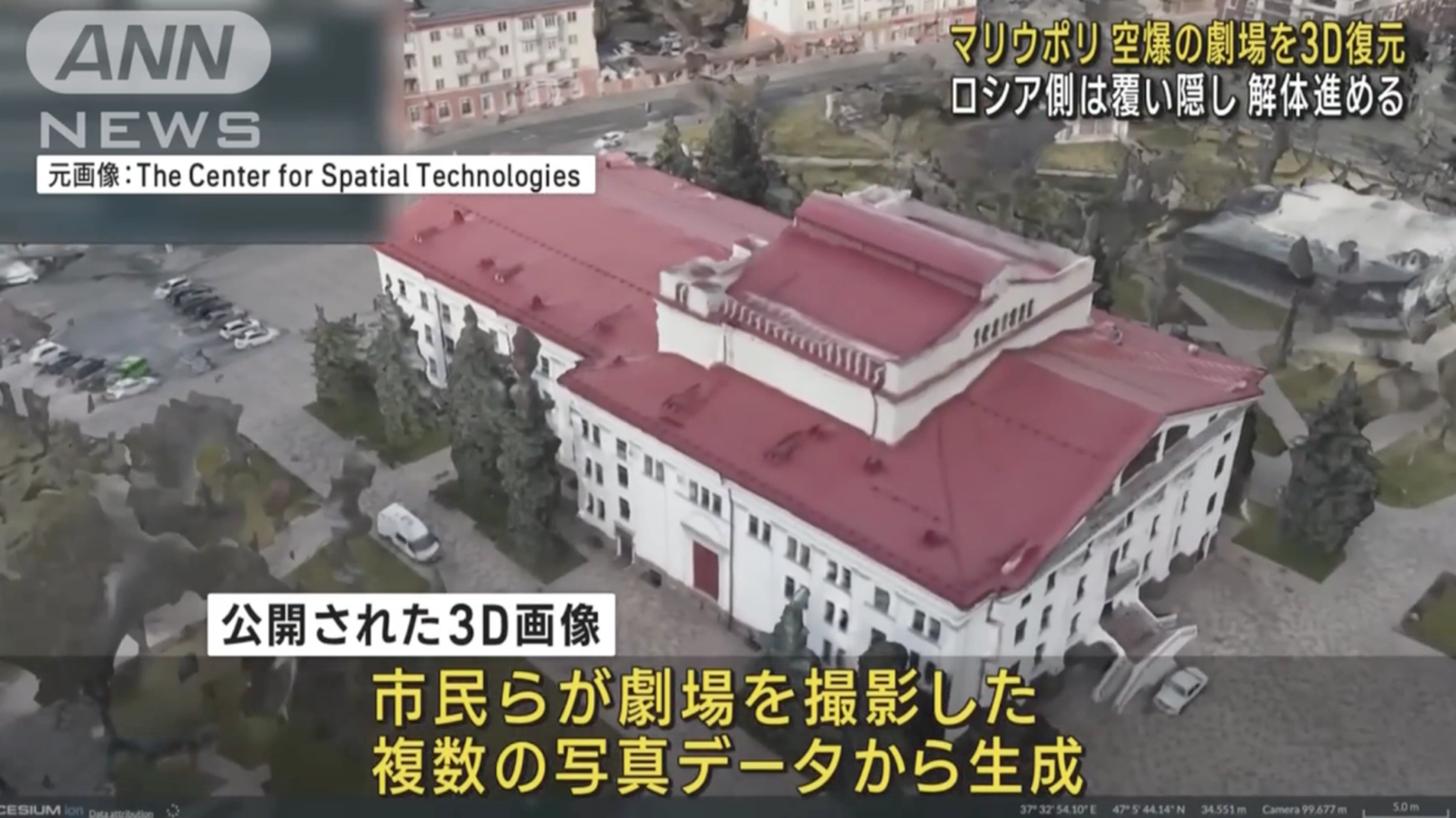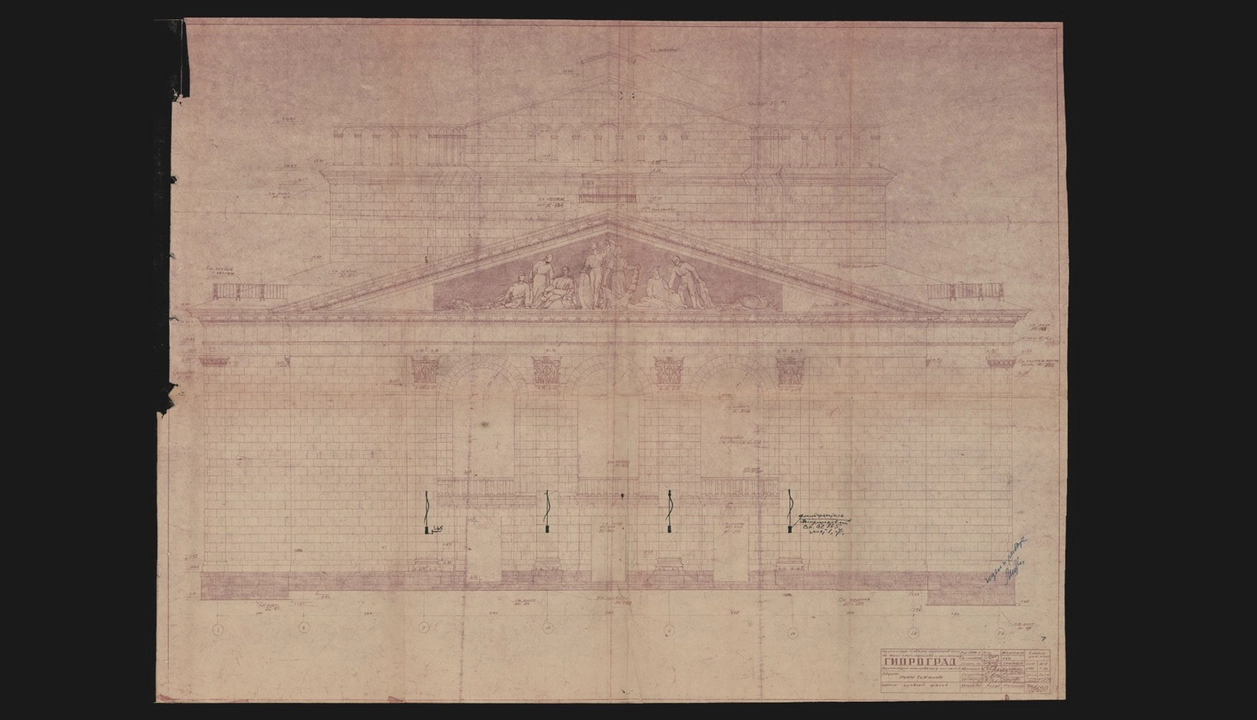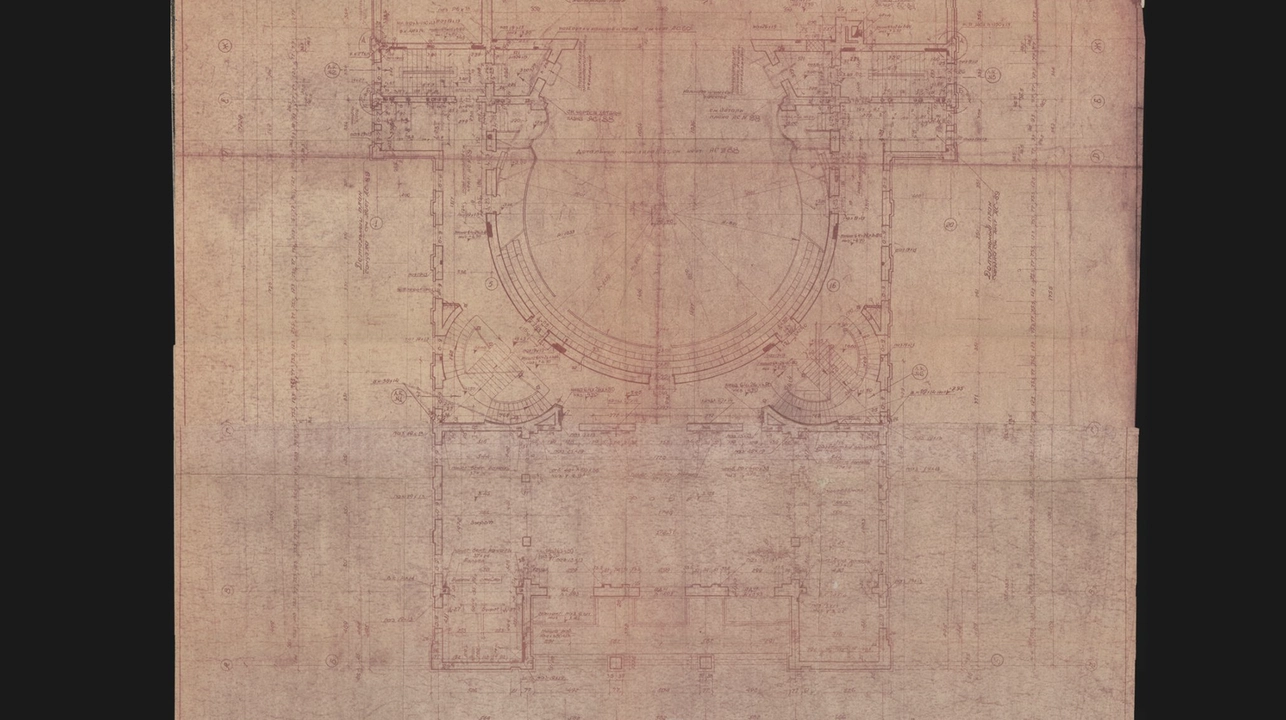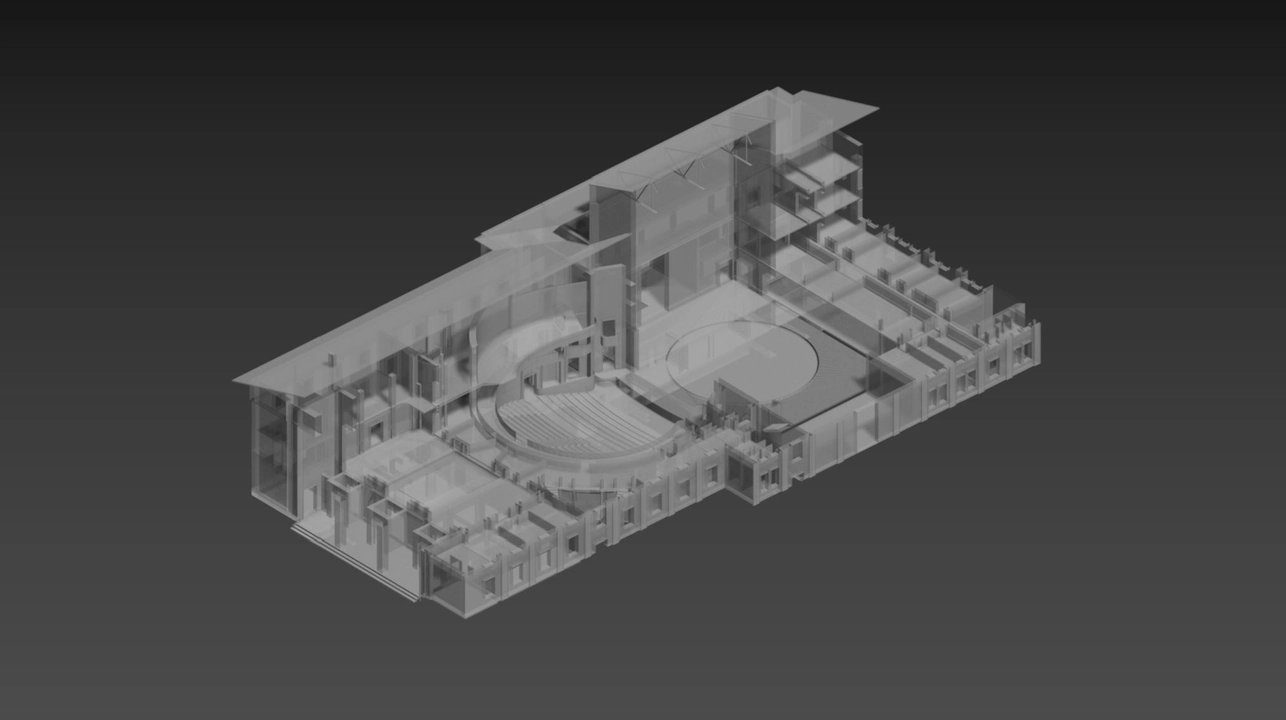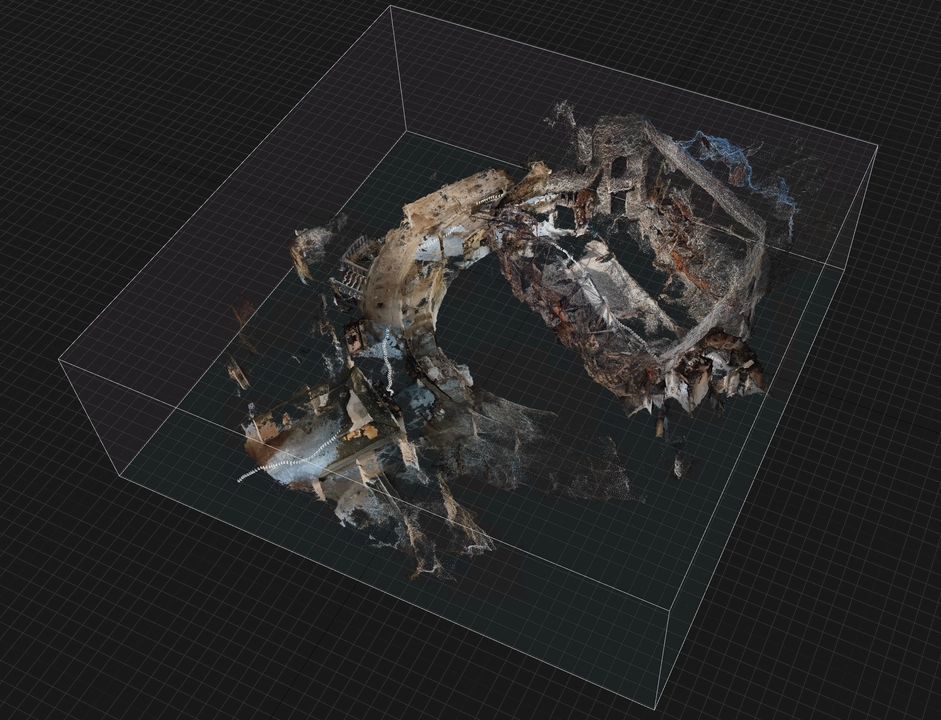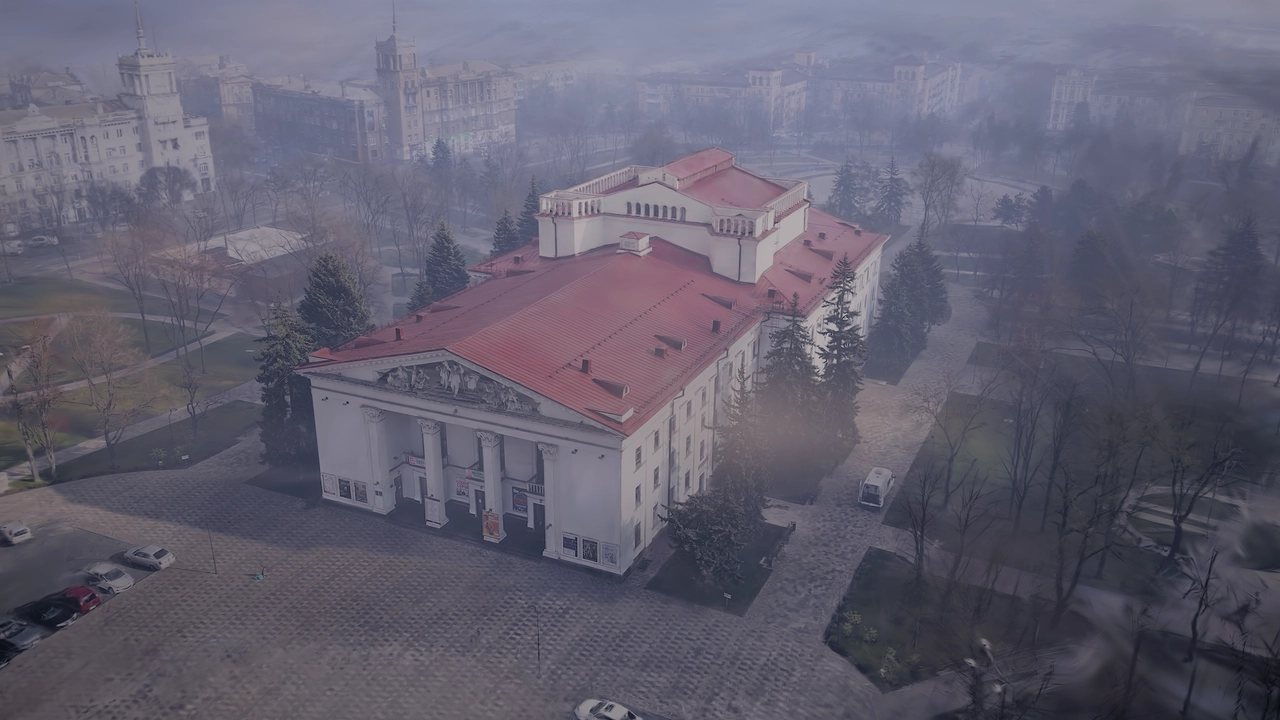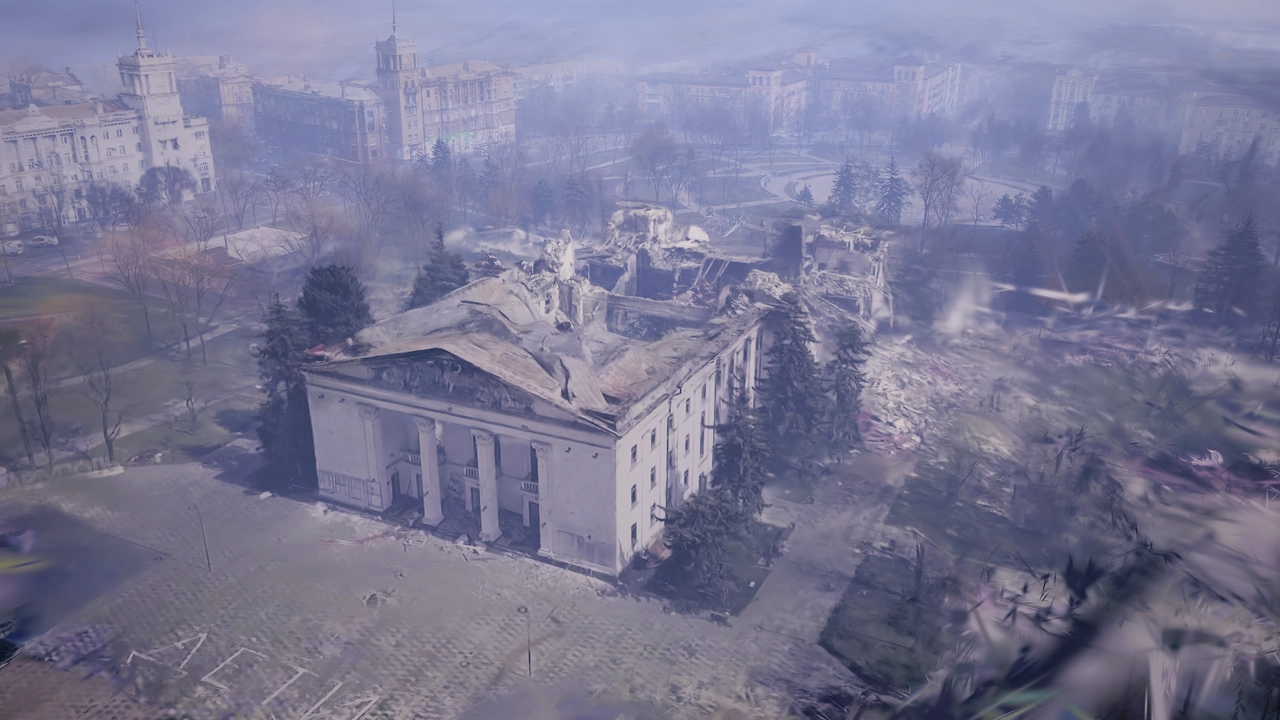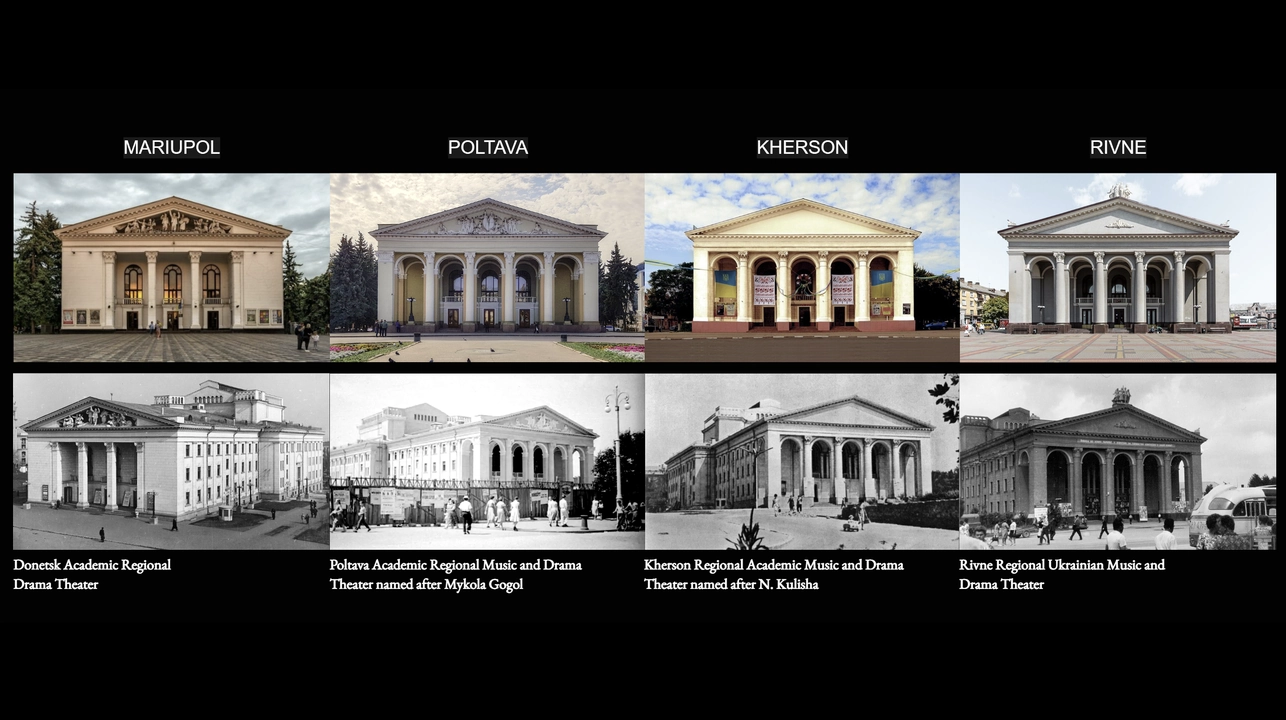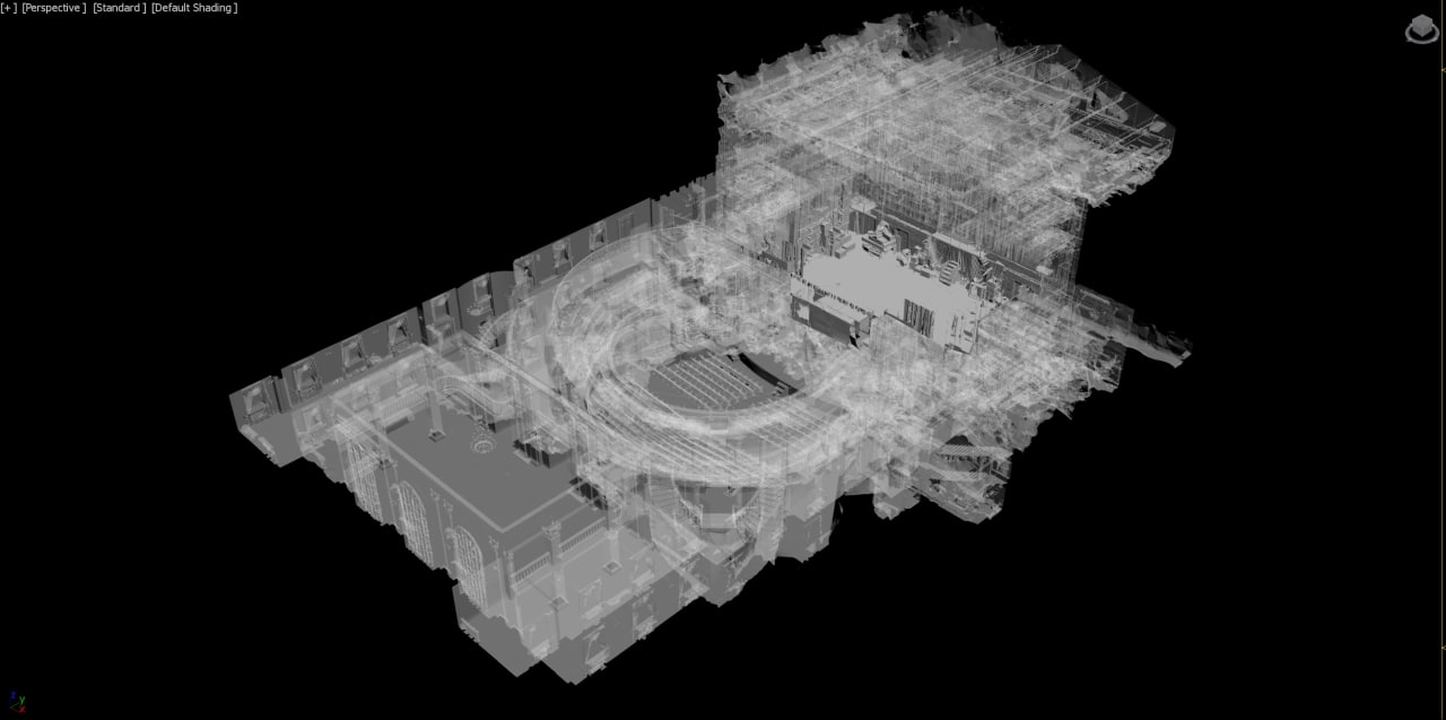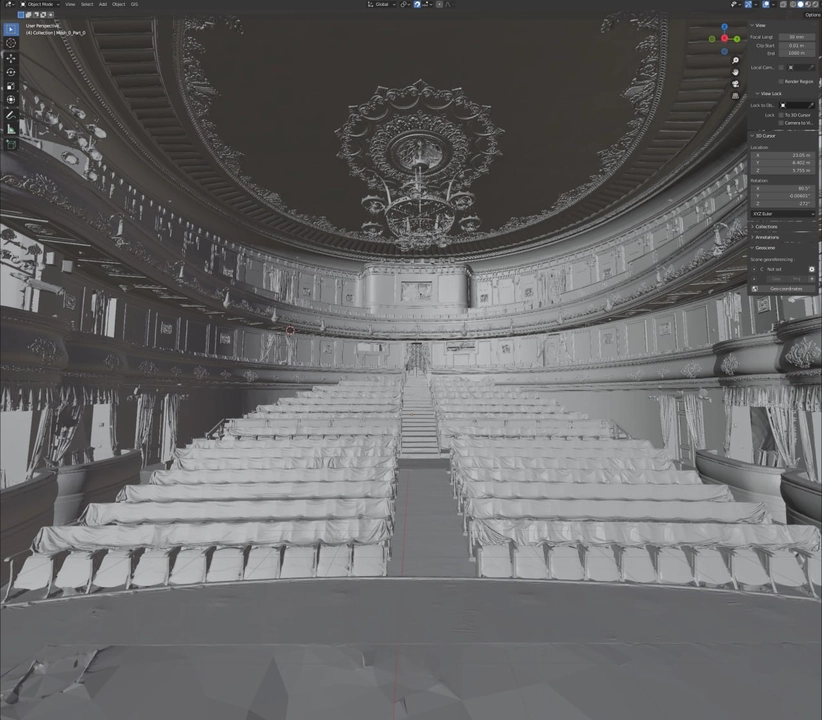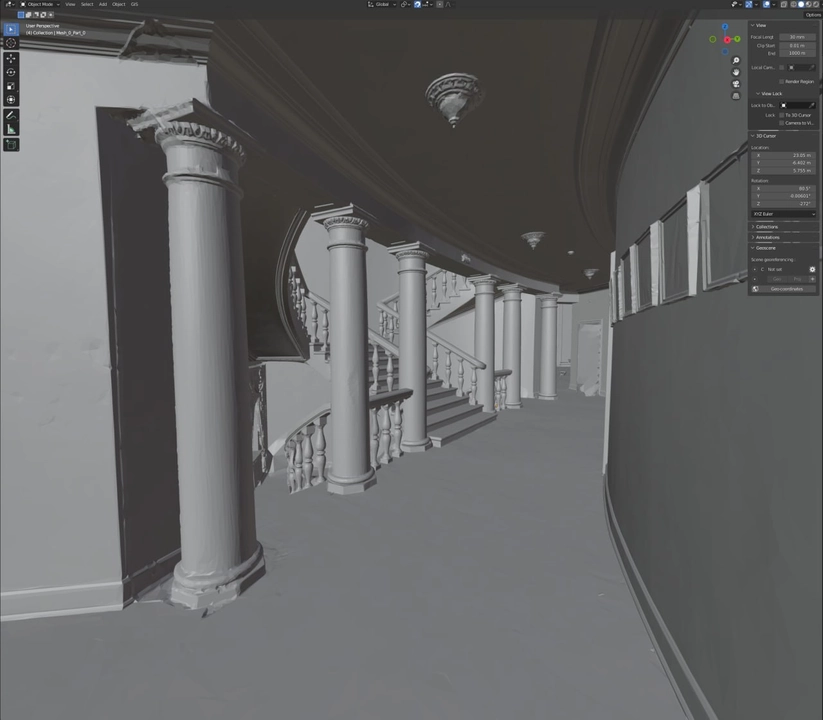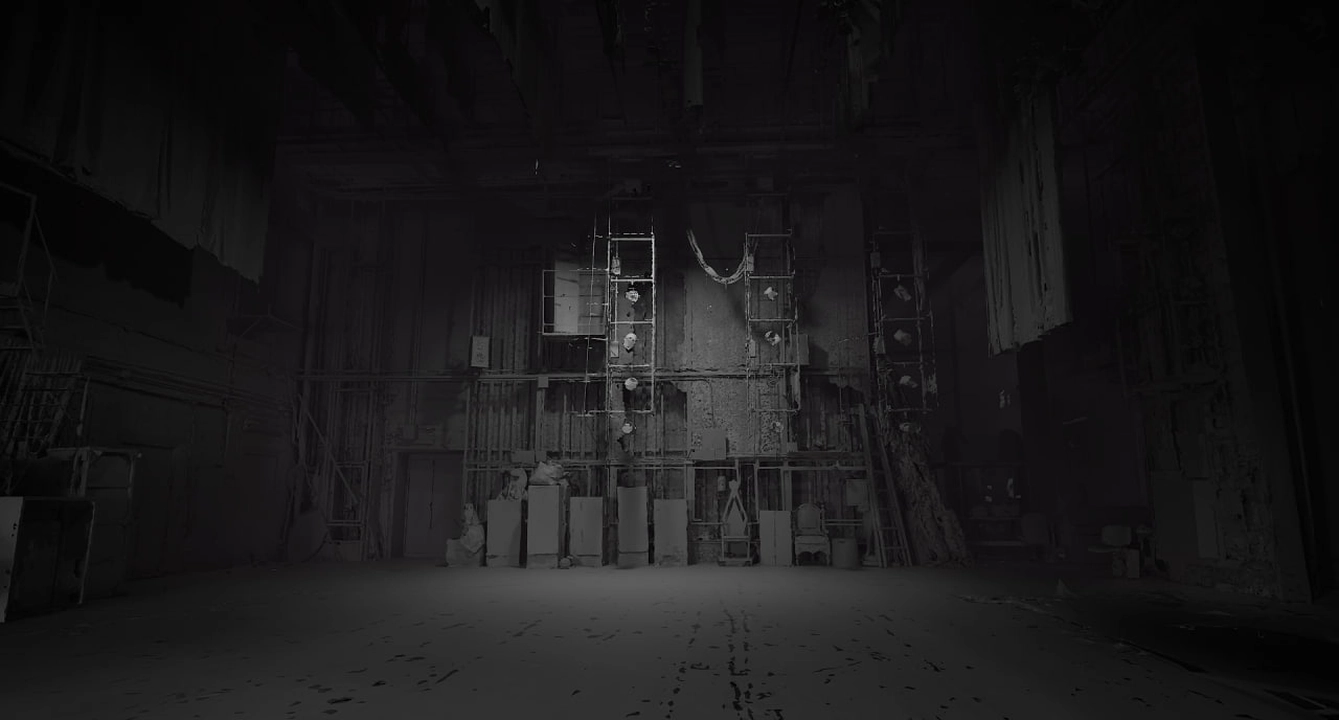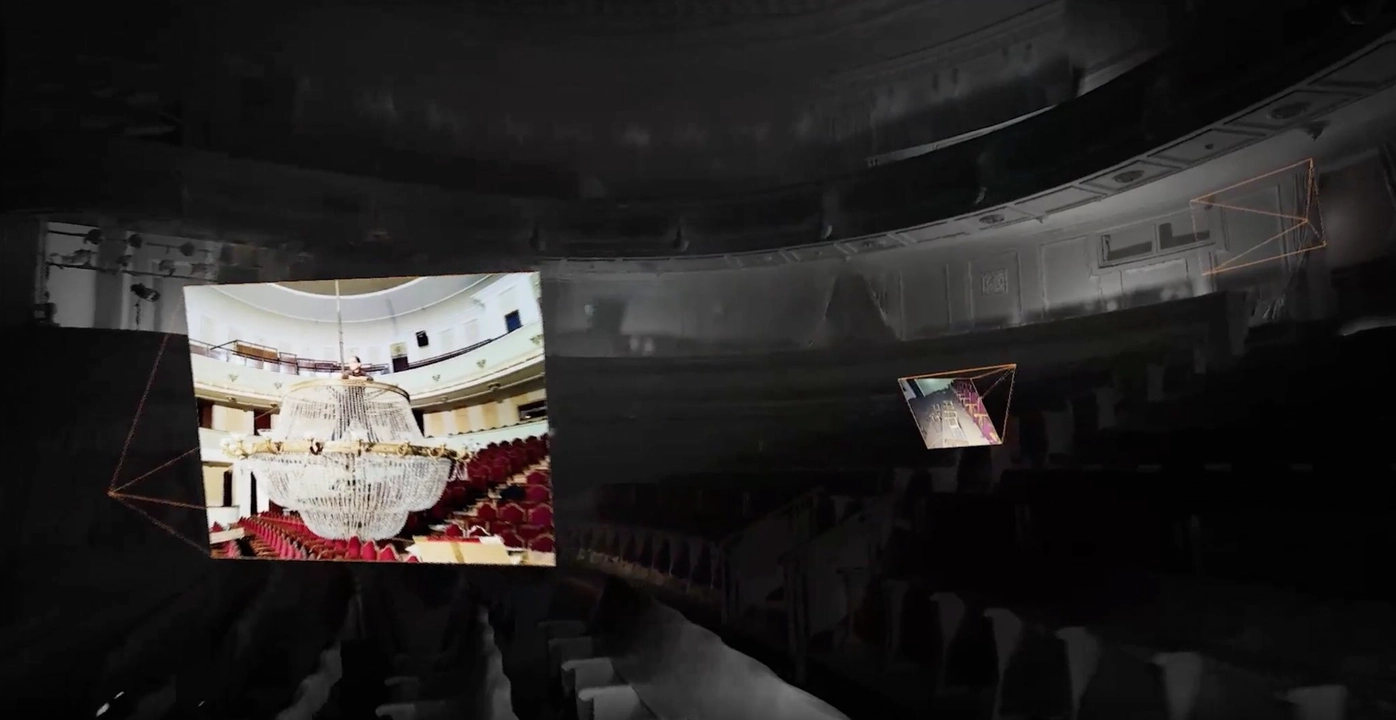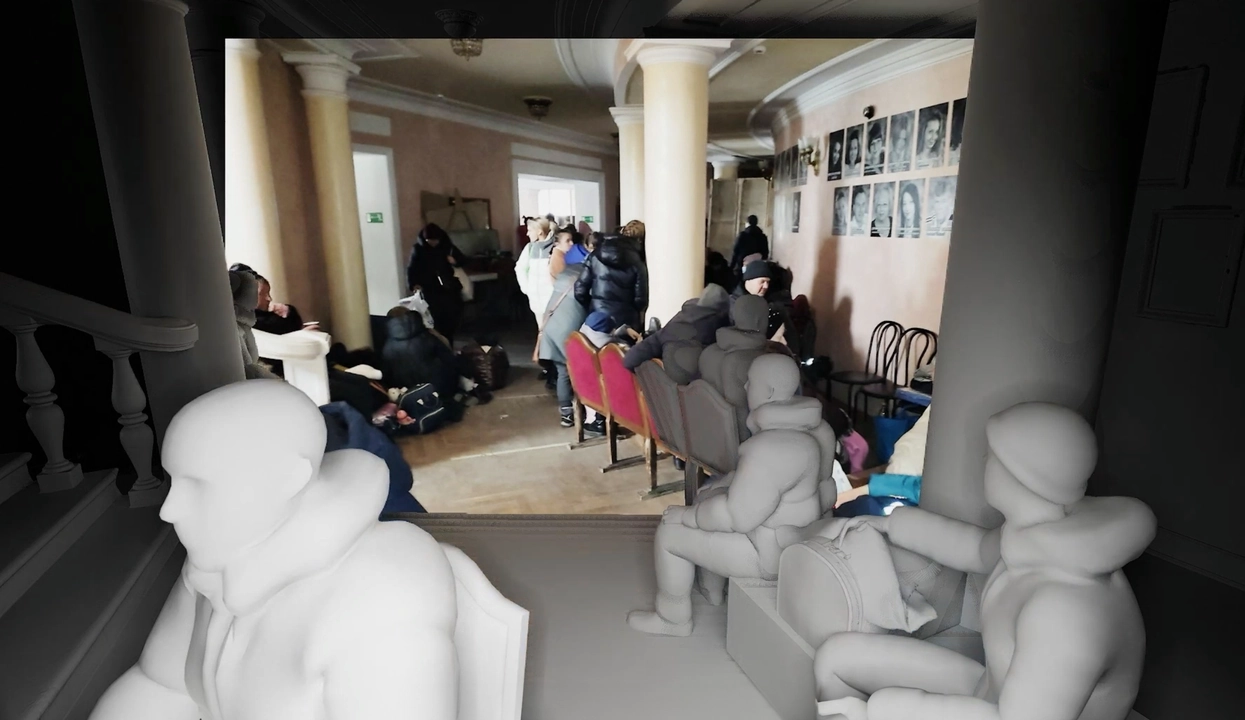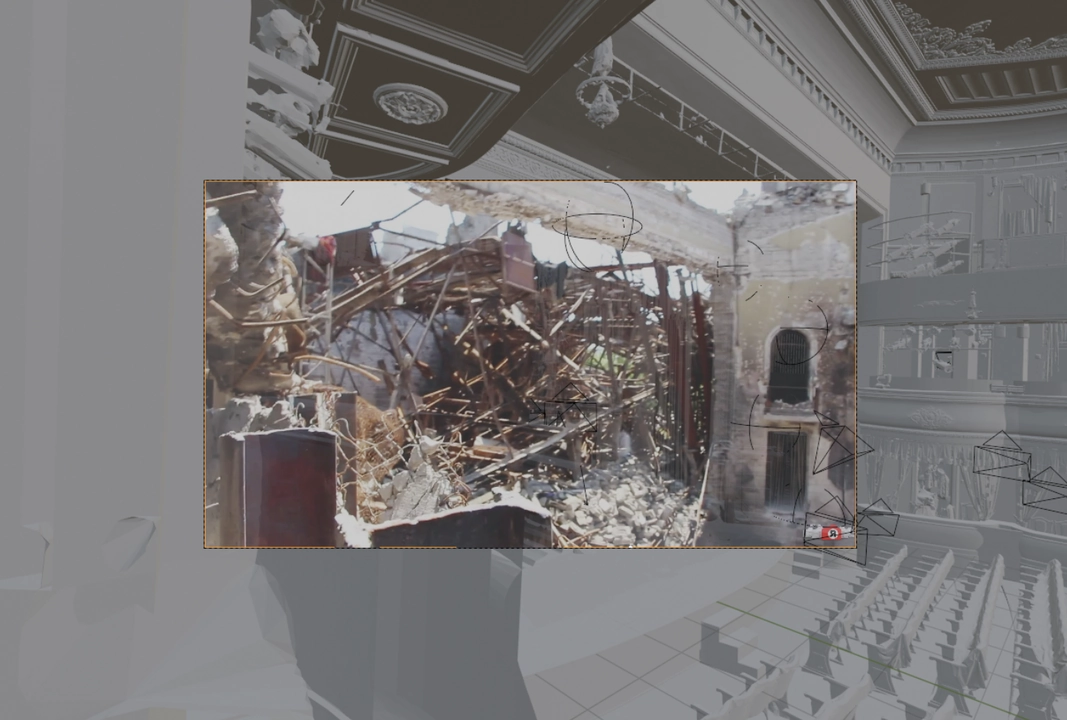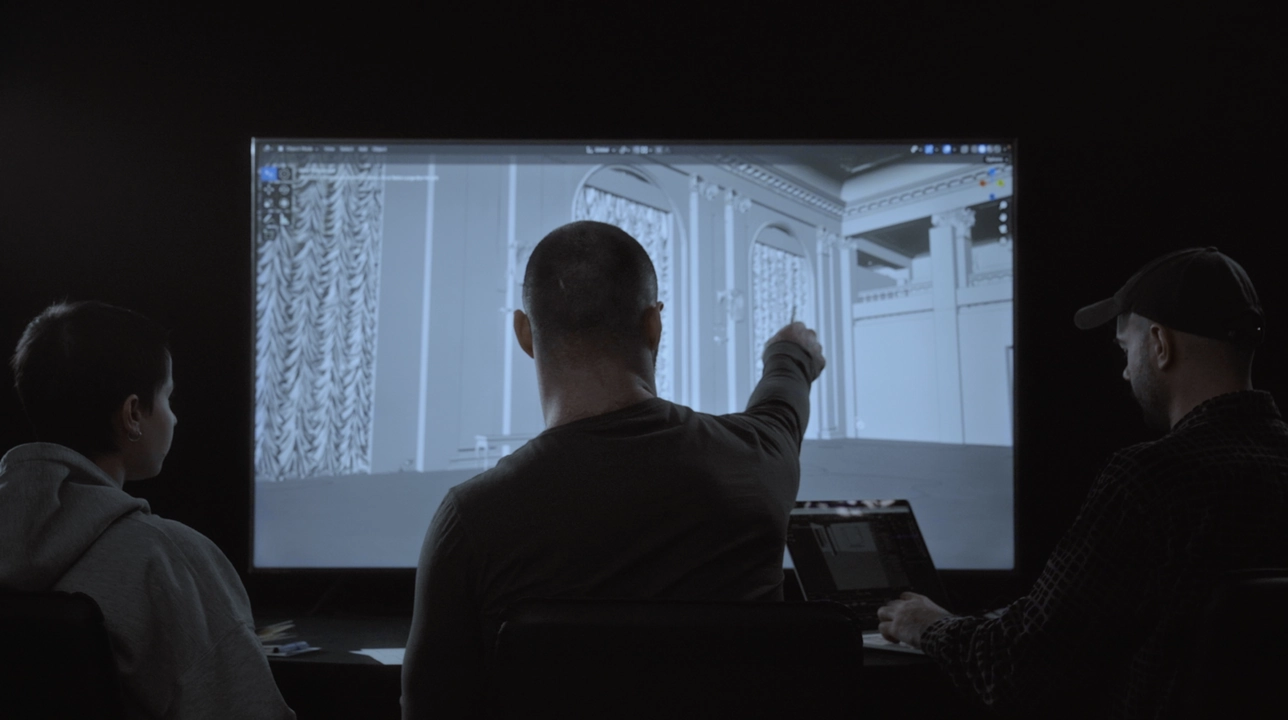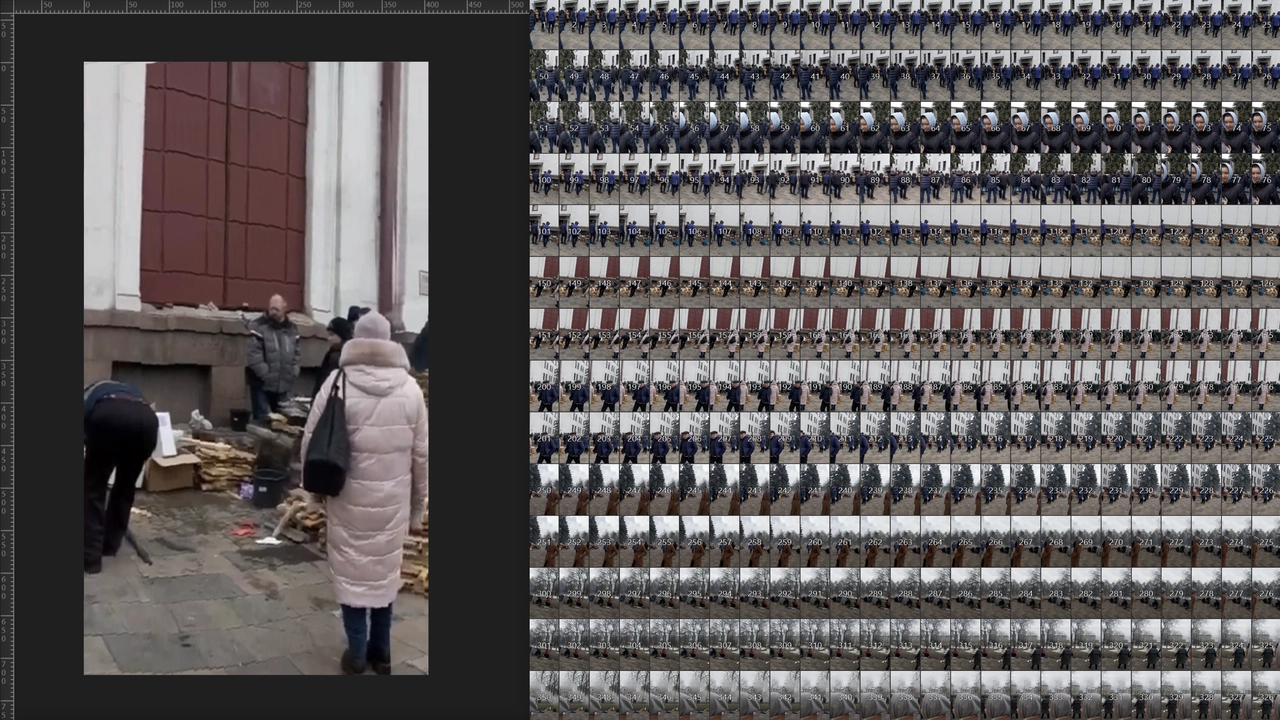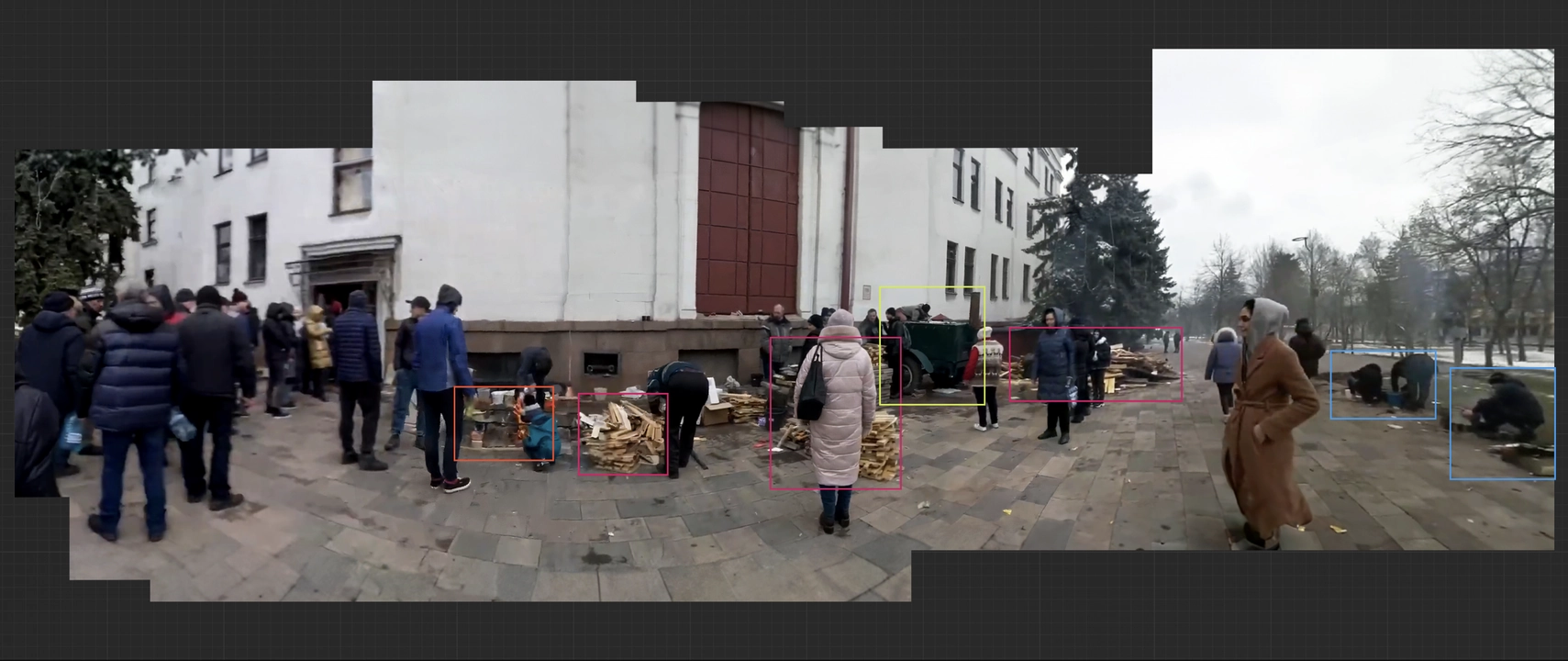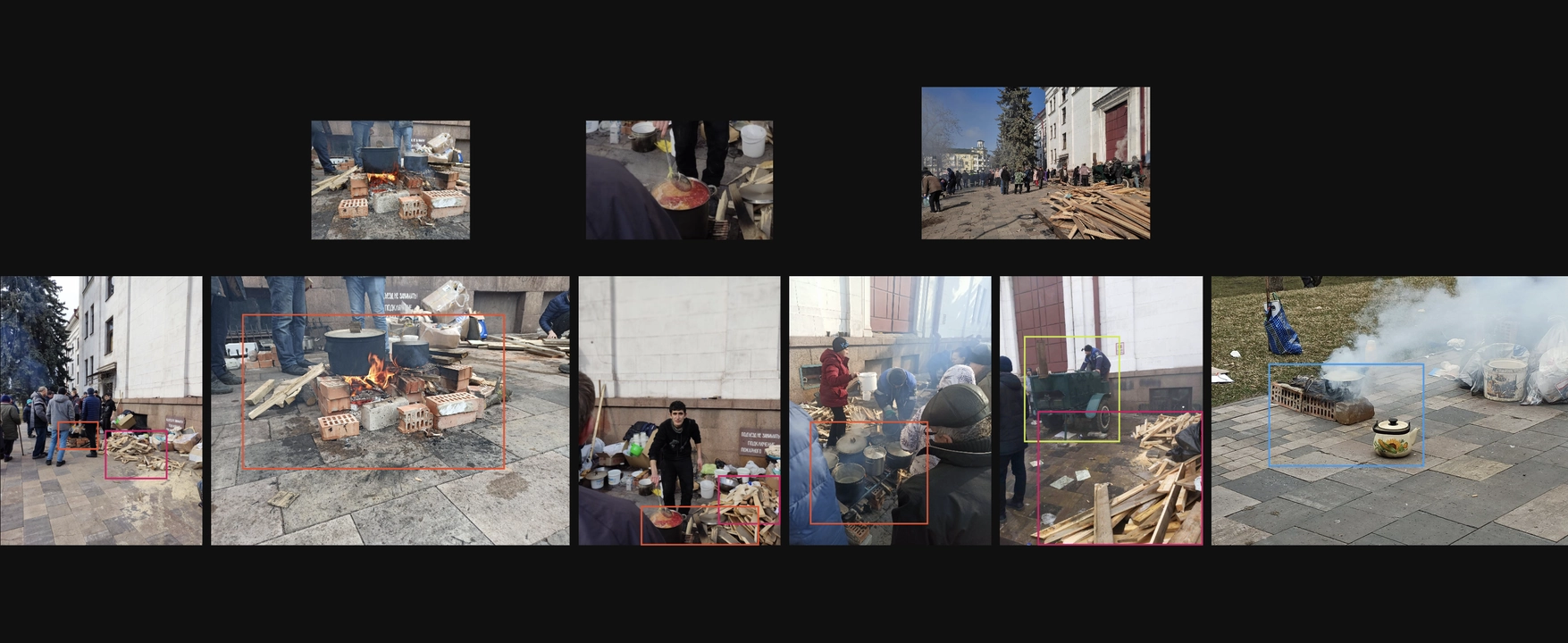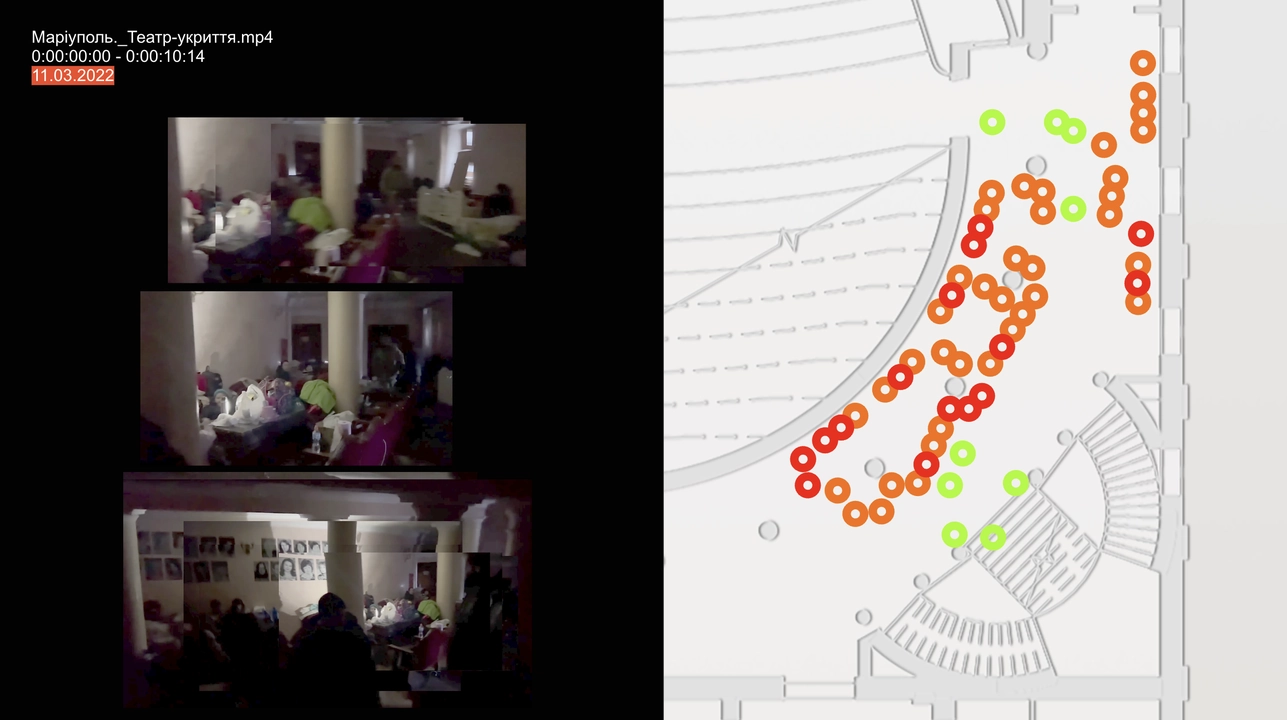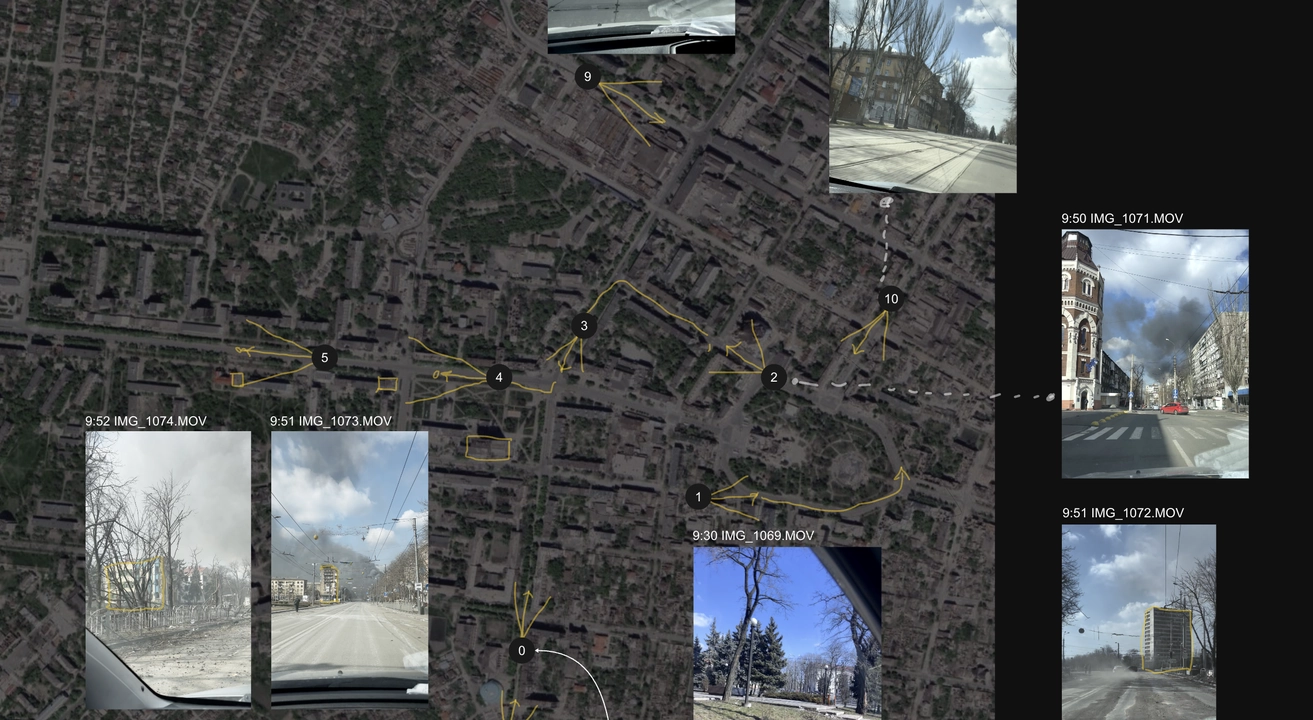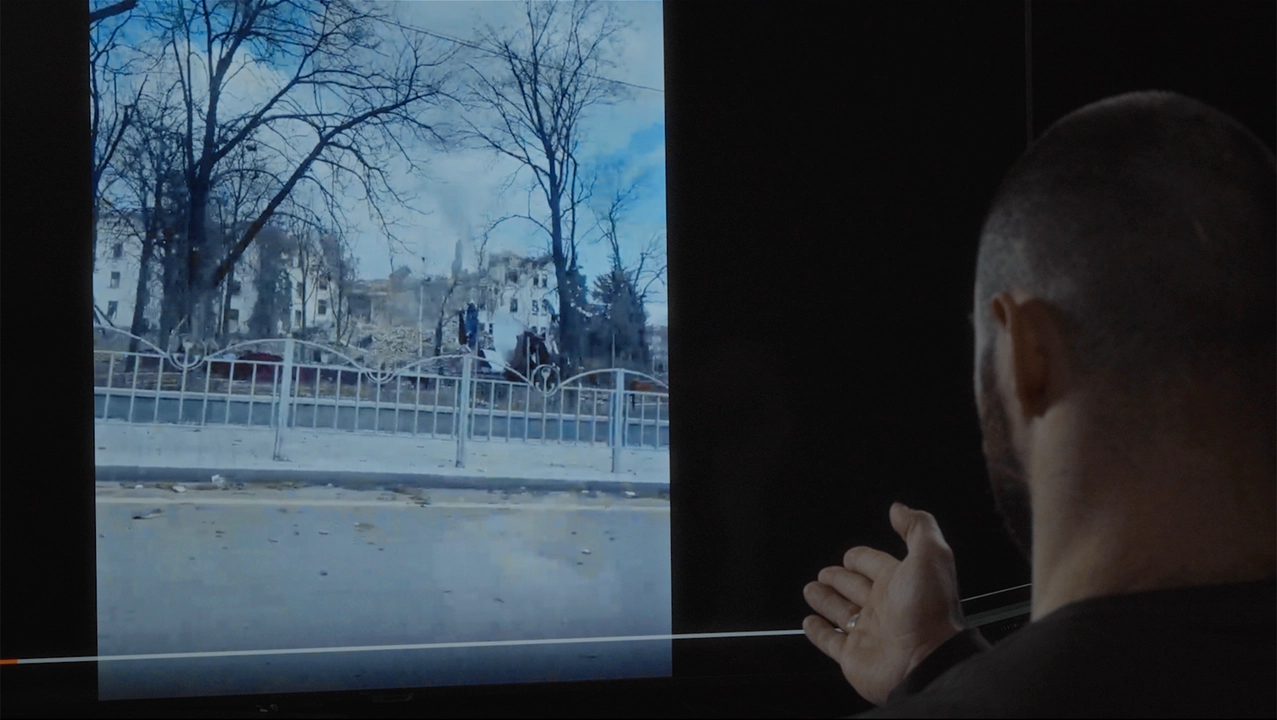On 16 March 2022, the Russian Air Force bombed the Mariupol Drama Theater.
The destruction and subsequent occupation of Mariupol by the Russian Armed Forces have fragmented its communities, leaving most survivors dispersed across different regions of Ukraine, other parts of Europe, and beyond.1 This project looks at the bombing of the Mariupol Drama Theater as an emblem of Russia's strategies of terror. Our aim is to assemble the voices of members of the Mariupol Theater diaspora within a digital project of reconstruction.
Our team has collected and analyzed thousands of social media posts, photographs, and videos in addition to recording over one hundred hours of interviews with witnesses. With no access to the site and with the systematic destruction of both physical and digital evidence,2 these recollections constitute an essential historical document.
Testimonies
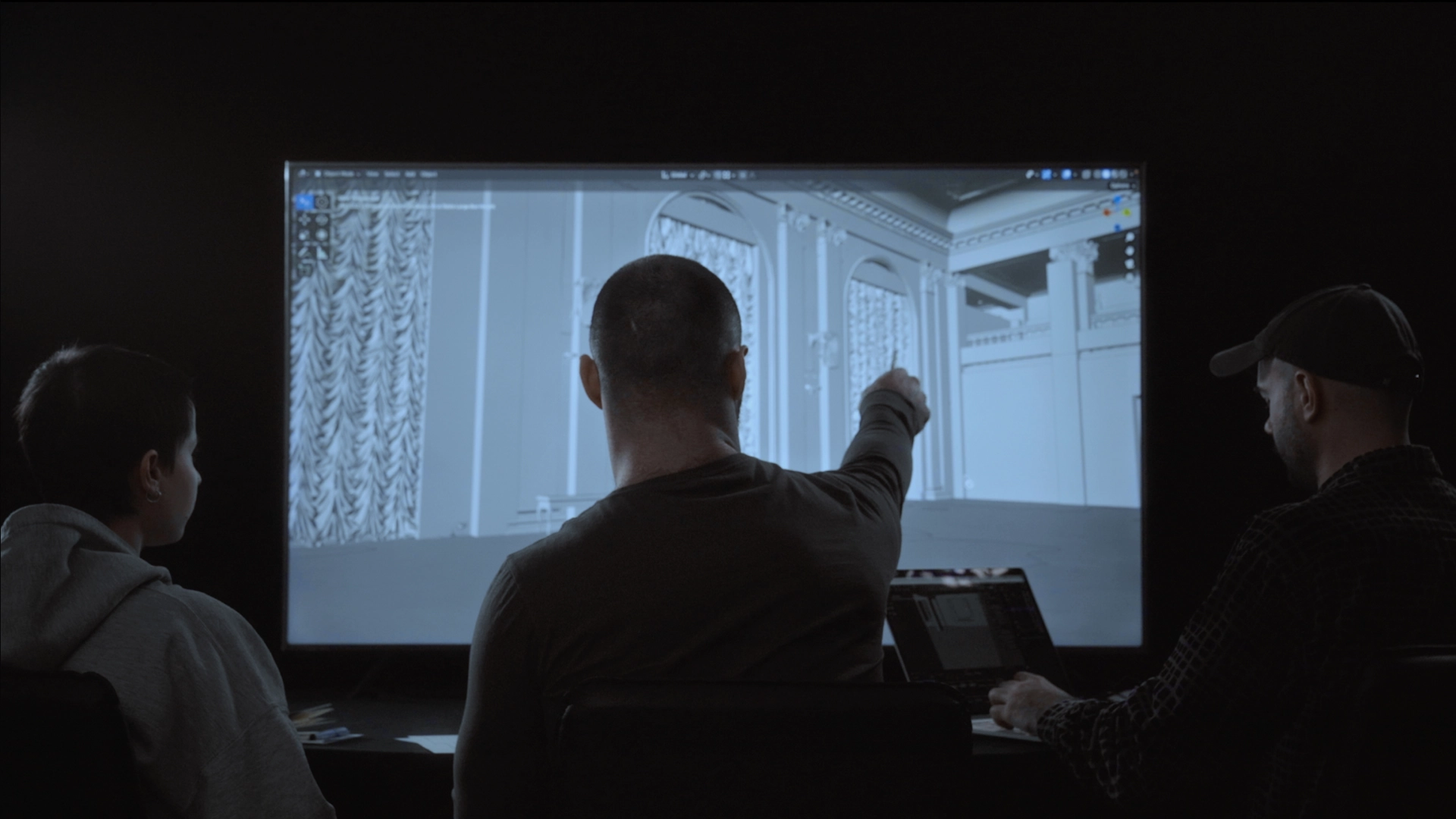
Oleksandr Rubets
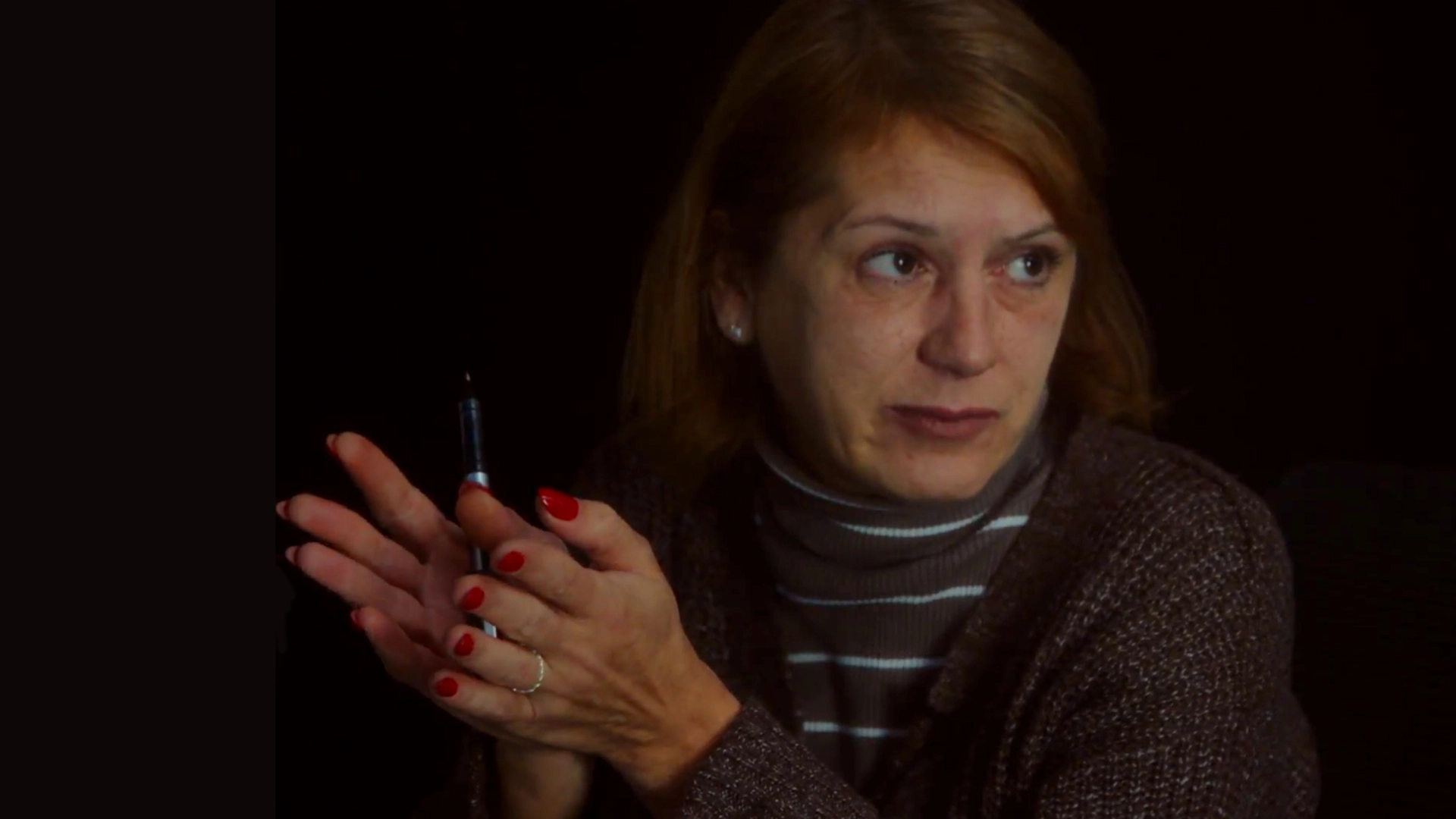
Oksana Mazina
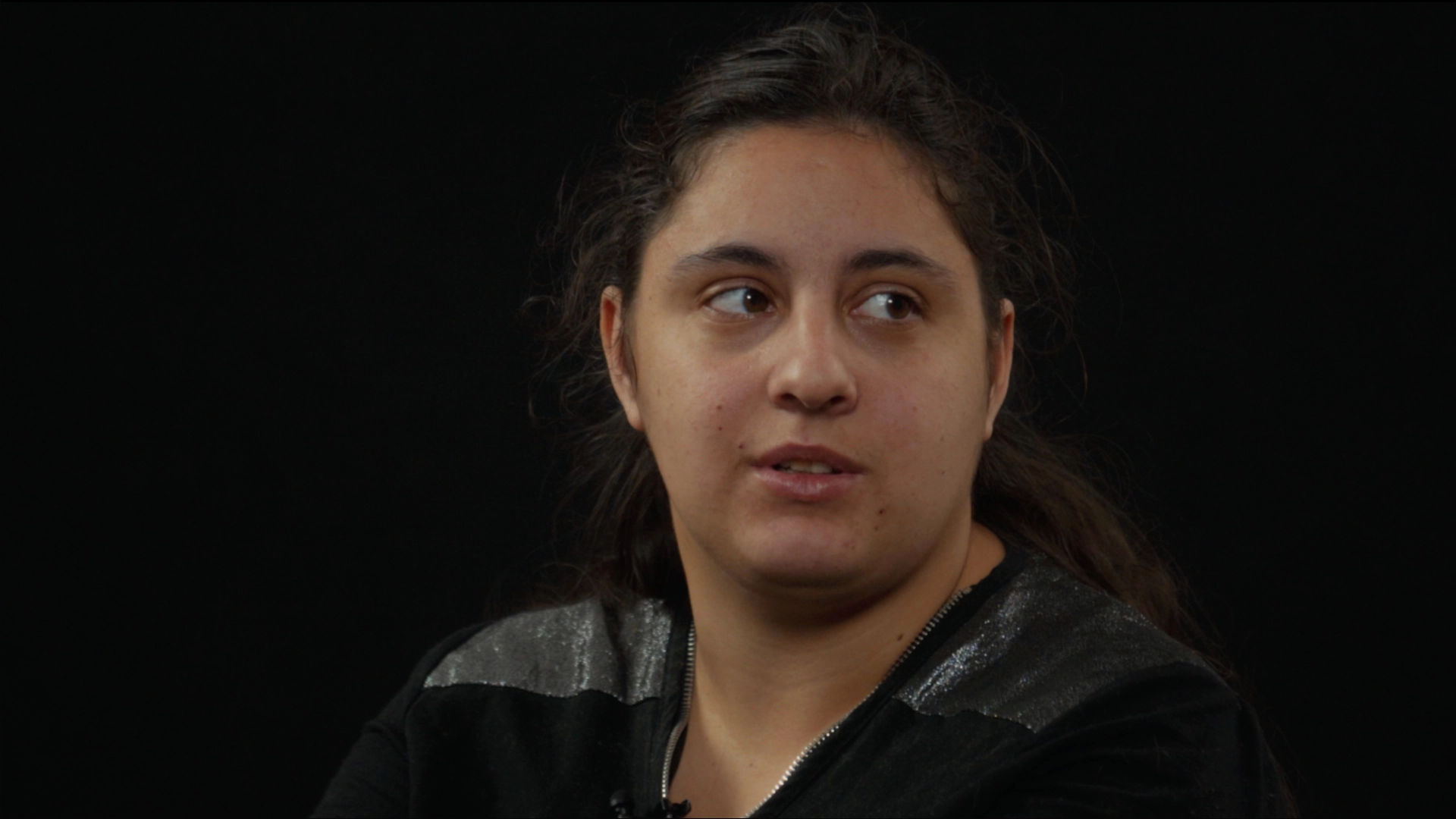
Viktoriia Dubovytska
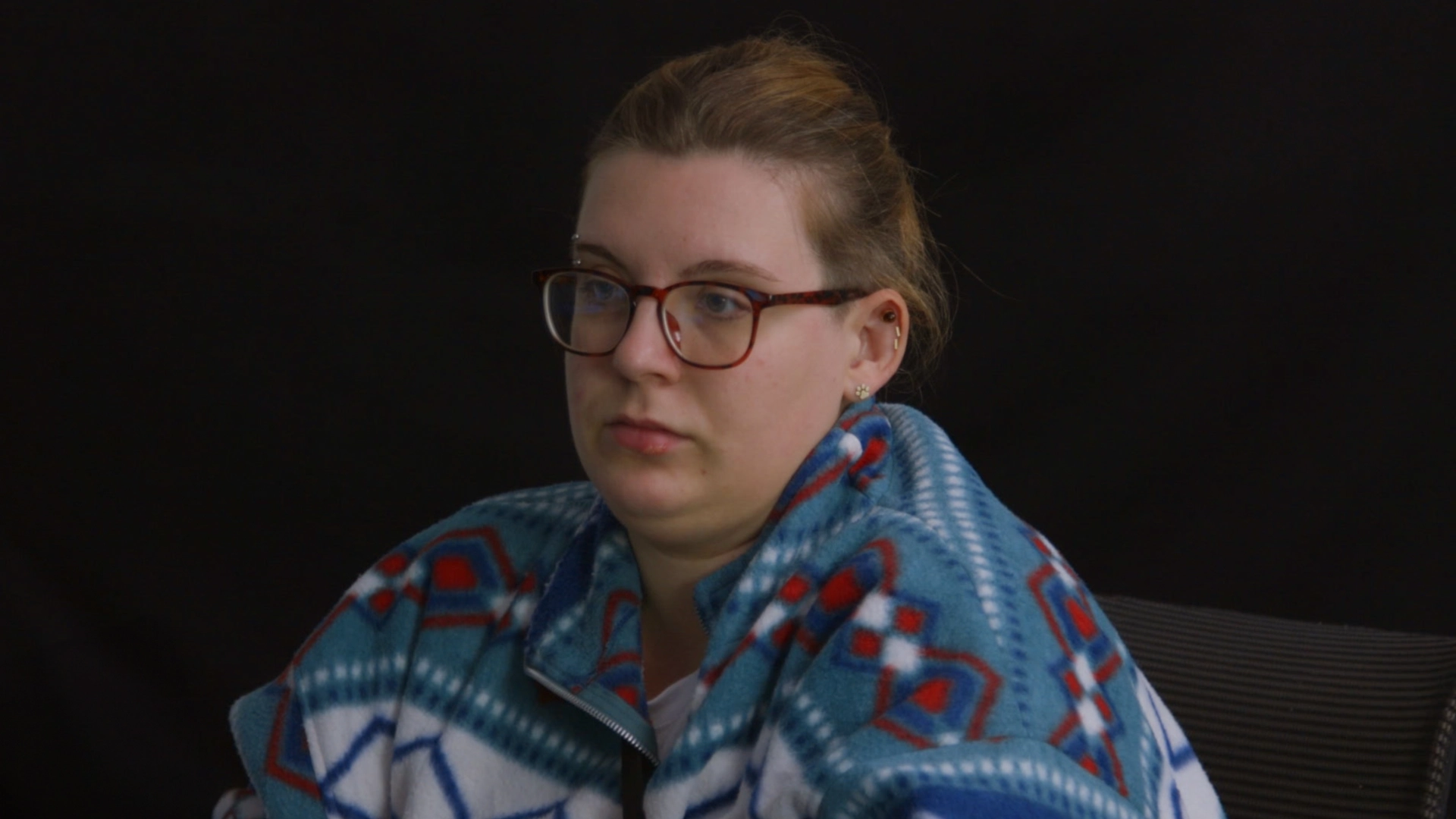
Mariia Rodionova
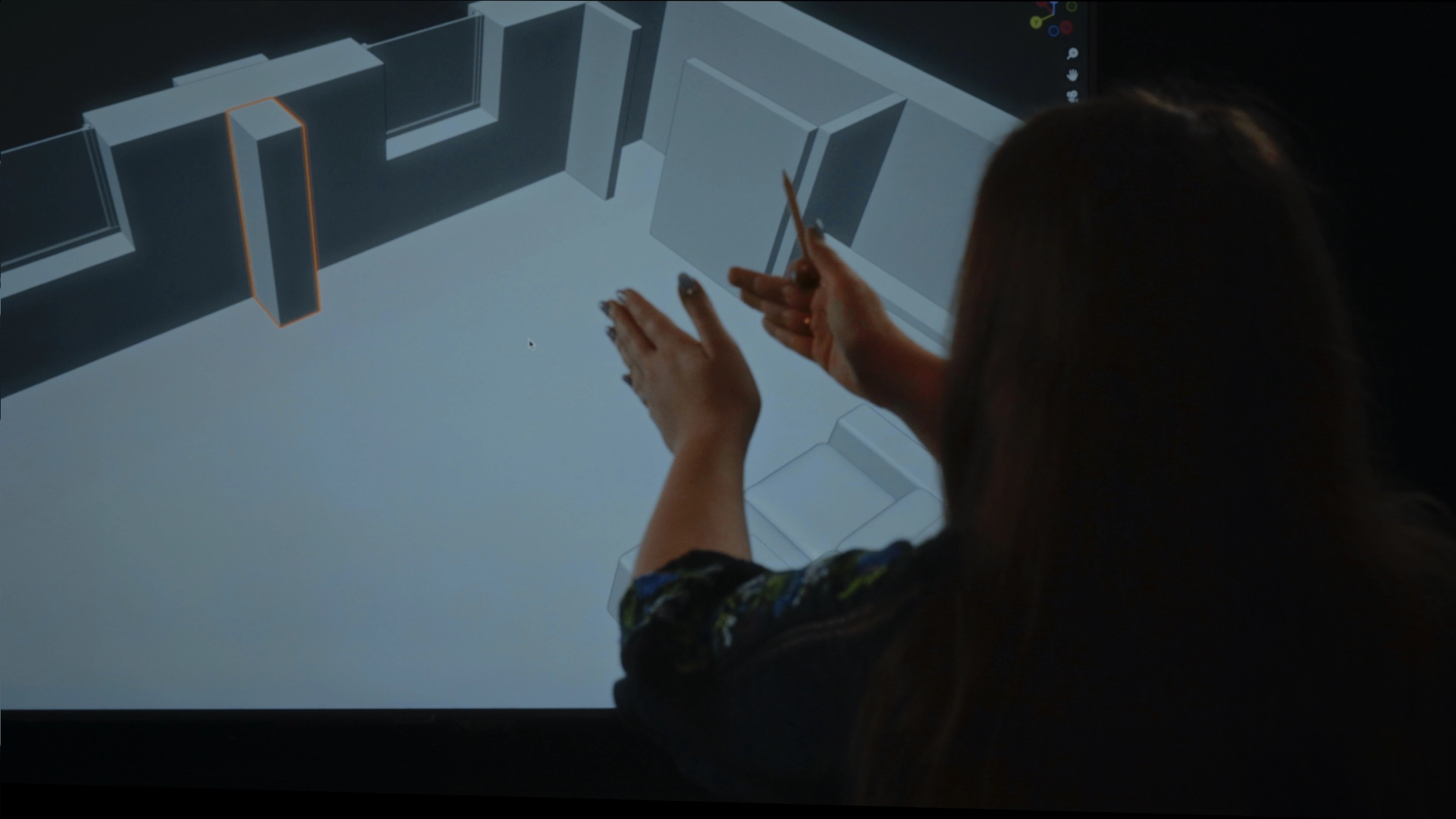
Olha Korniichuk
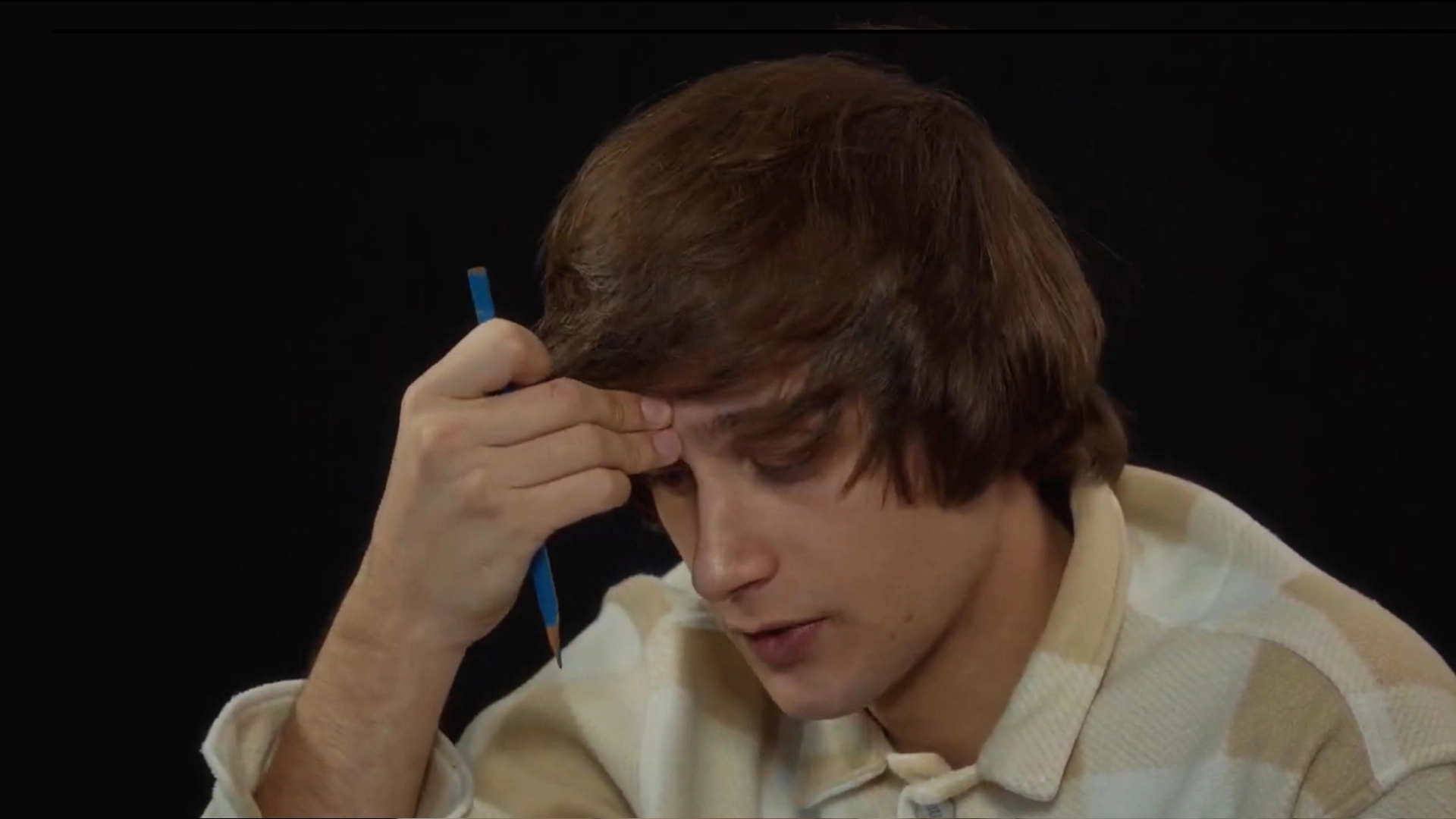
Dmytro Murantsev
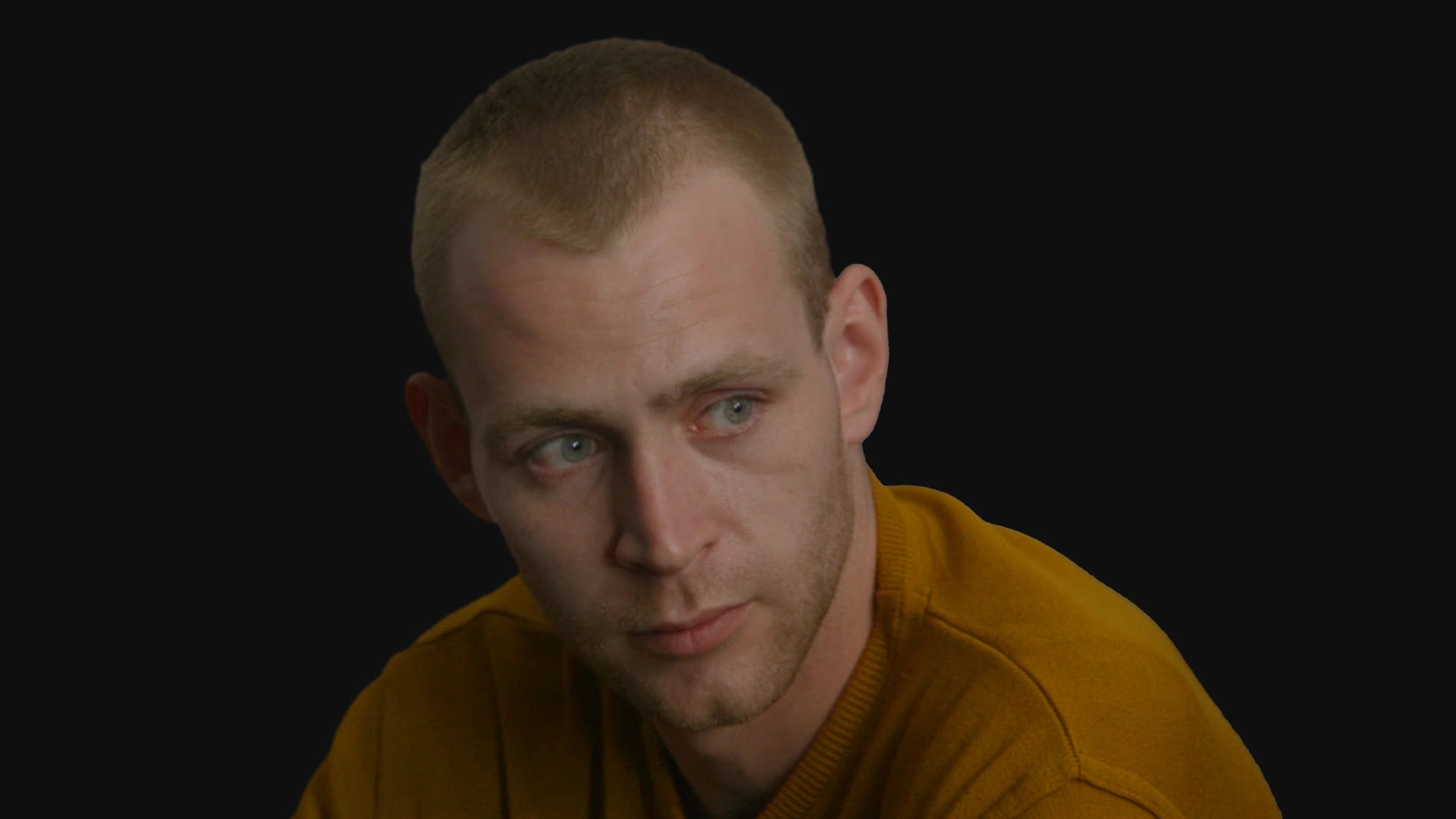
Oleksandr Myronenko
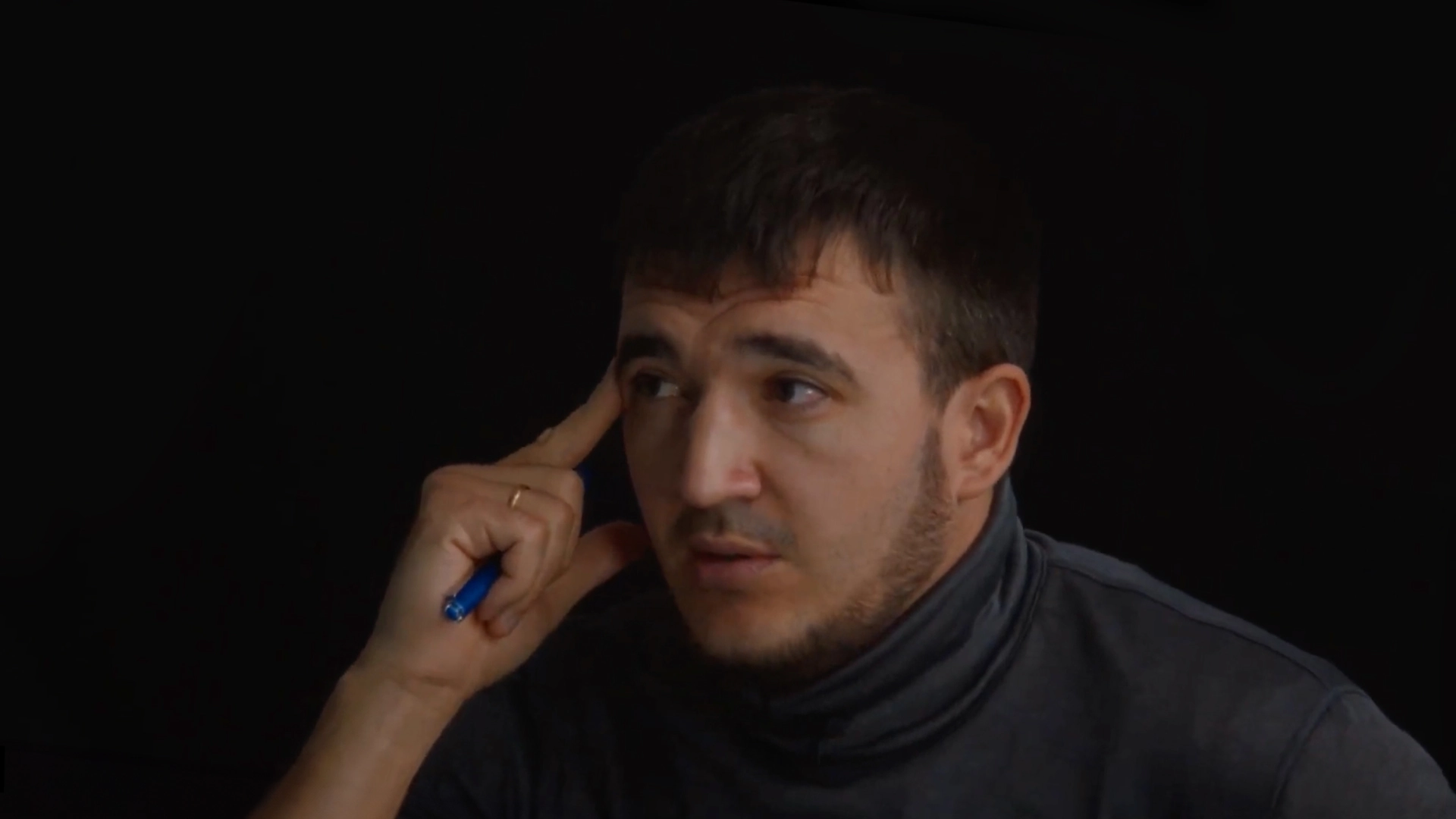
Vitalii Tsesar
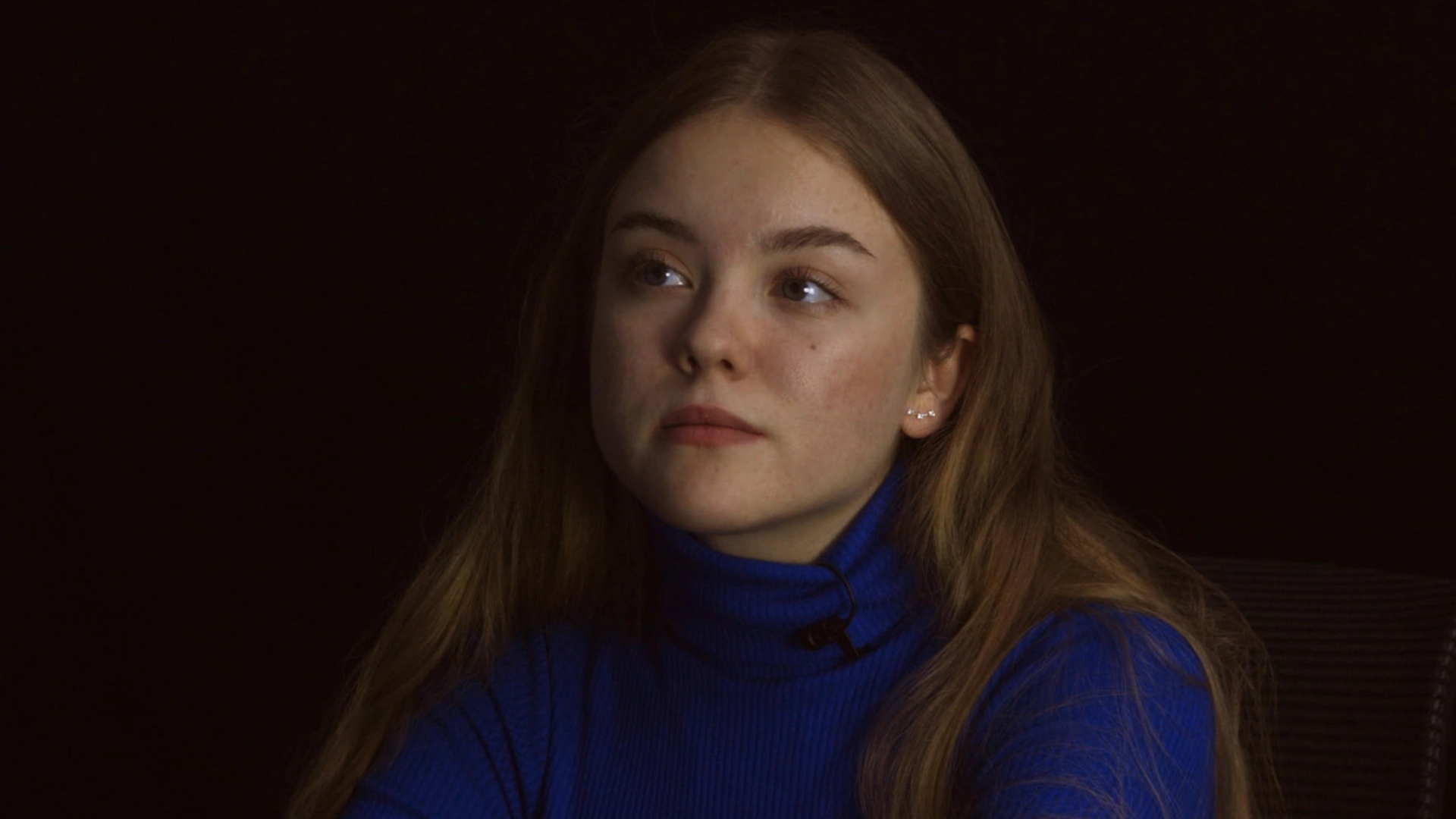
Yelyzaveta Fatieieva
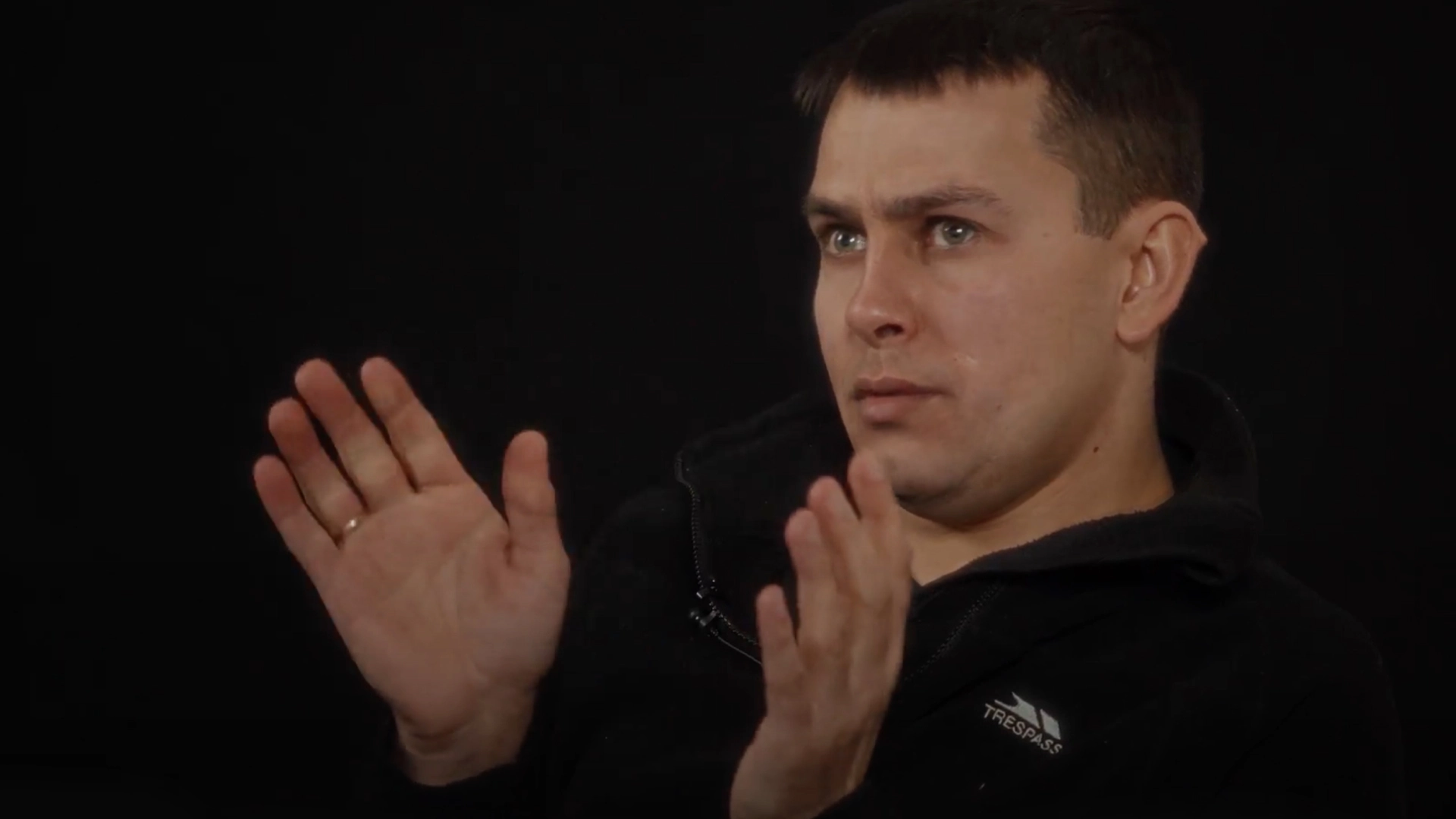
Ihor Navka
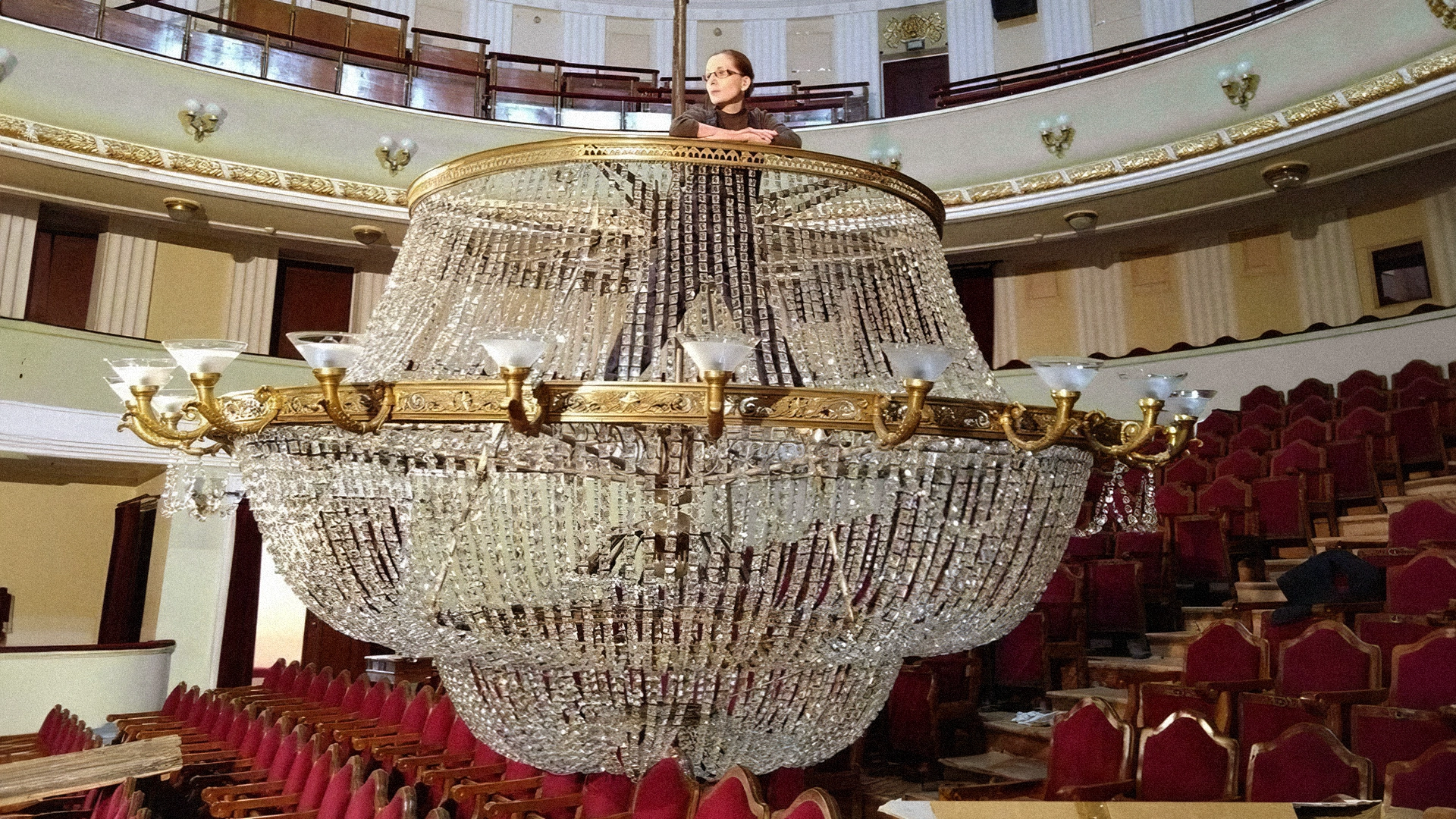
Yevheniia Zabohonska
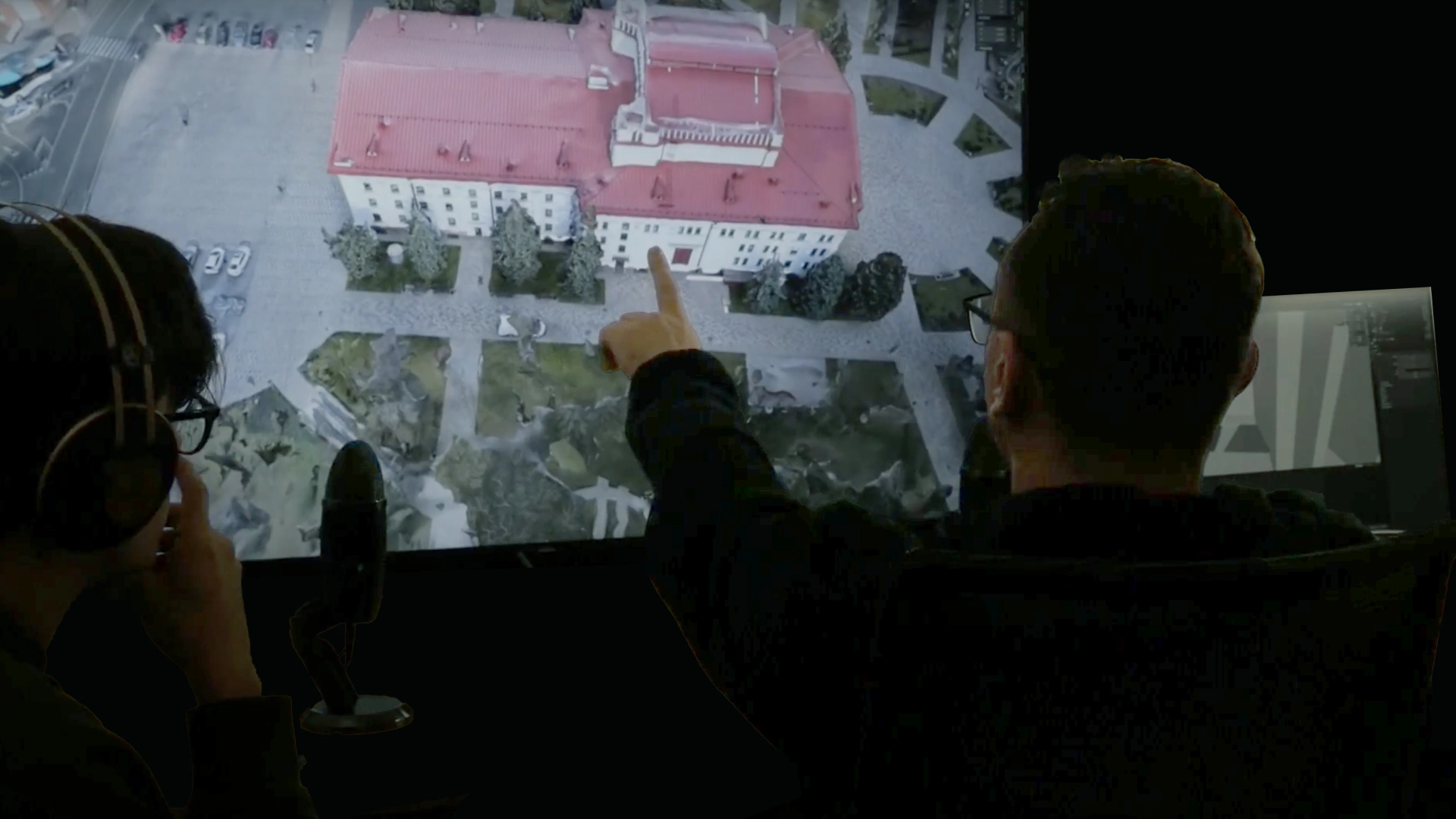
Serhii Zabohonskyi
Our team identified sixty eyewitnesses of the events, out of which twenty-seven agreed to talk to us on record.
We invited ten witnesses to participate in further interview sessions using the “situated testimony” technique developed by our partnering organization, Forensic Architecture. This collaborative reconstruction process allowed survivors to ‘walk’ through the virtual space and model different aspects of the building as they remembered it. This process facilitated recollection and helped our team to fill in missing details in the digital models. As each witness recalled their part in this complex event, the model became an increasingly rich assemblage of collective memory.
We are grateful to all witnesses who contributed to this project, whose memories, drawings, models, photos, and videos helped us document and analyze the events that took place in the theater during the siege of Mariupol.
Spatial models
From the first weeks of work on the project, we began to digitally reconstruct the events in the theater around a virtual architectural model of the theater space. The first 3D models of the interior were made based on archival drawings, and models of the exterior of the theater before and after the explosion were made using photogrammetry.1
The Mariupol Drama Theater was initially constructed according to a standardized architectural design, based on which several other theaters have been built throughout Ukraine. Our team traveled to Poltava, where a theater nearly identical to the Mariupol one is located. We scanned the building in three dimensions and walked through it to get a sense of place and scale.
Memories can come as testimonies or as precious photos and videos recorded by witnesses. Our spatial models bring together different kinds of memories, both human and videographic. We used the model as a backdrop for situated testimonies and later to locate visual materials documenting the theater during the siege and after its occupation.
Visual materials
In analyzing images and videos recorded by witnesses, we tuned to their minute details. Our team split the videos frame-by-frame, built them into panoramas, and arranged photos into timelines and collections. In this way, each image has been instrumental in establishing a relationship between the different kinds of accounts and filling in the gaps between them.
Essays
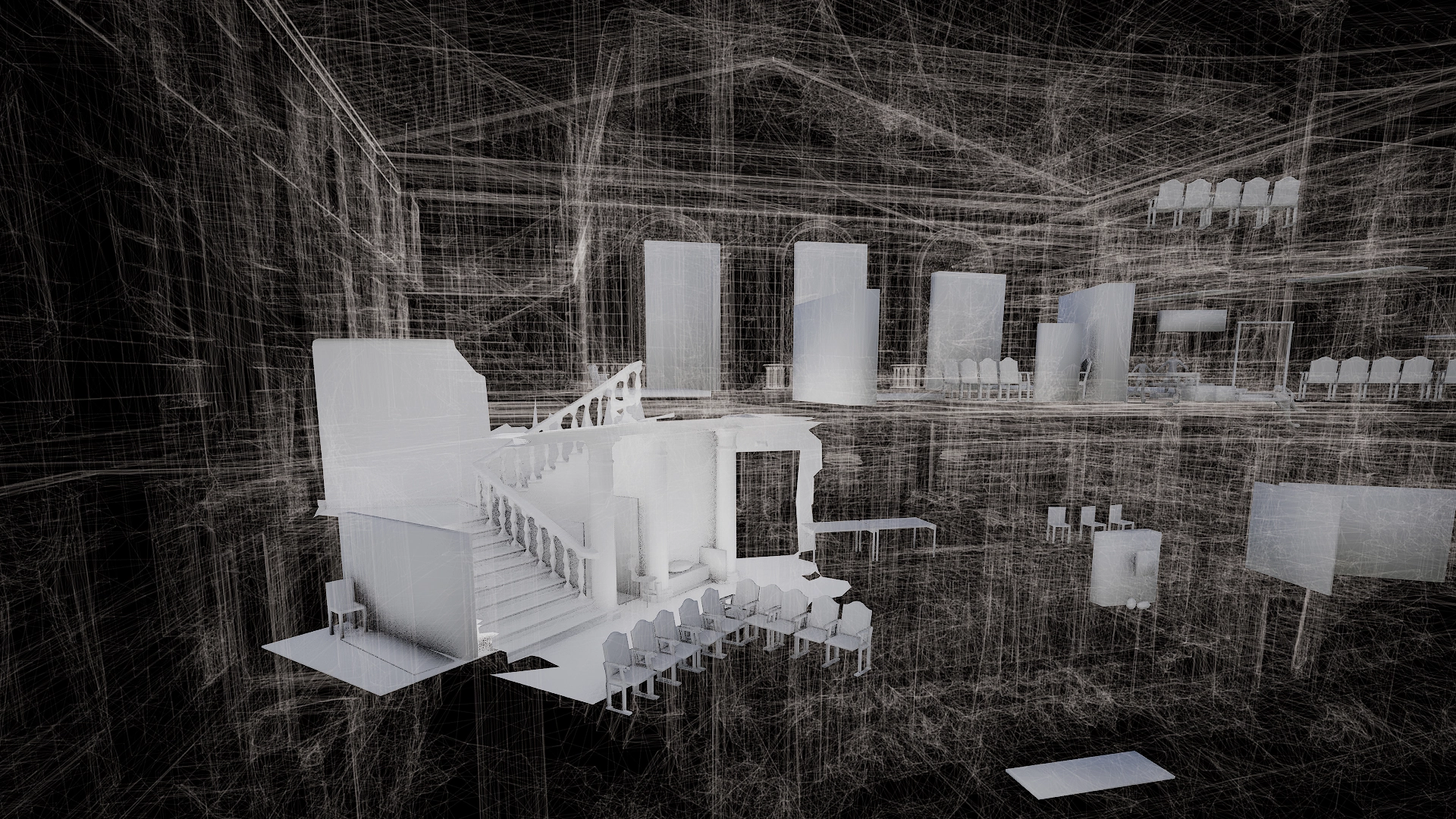
Essay by Ksenia Rybak
A City Within a Building
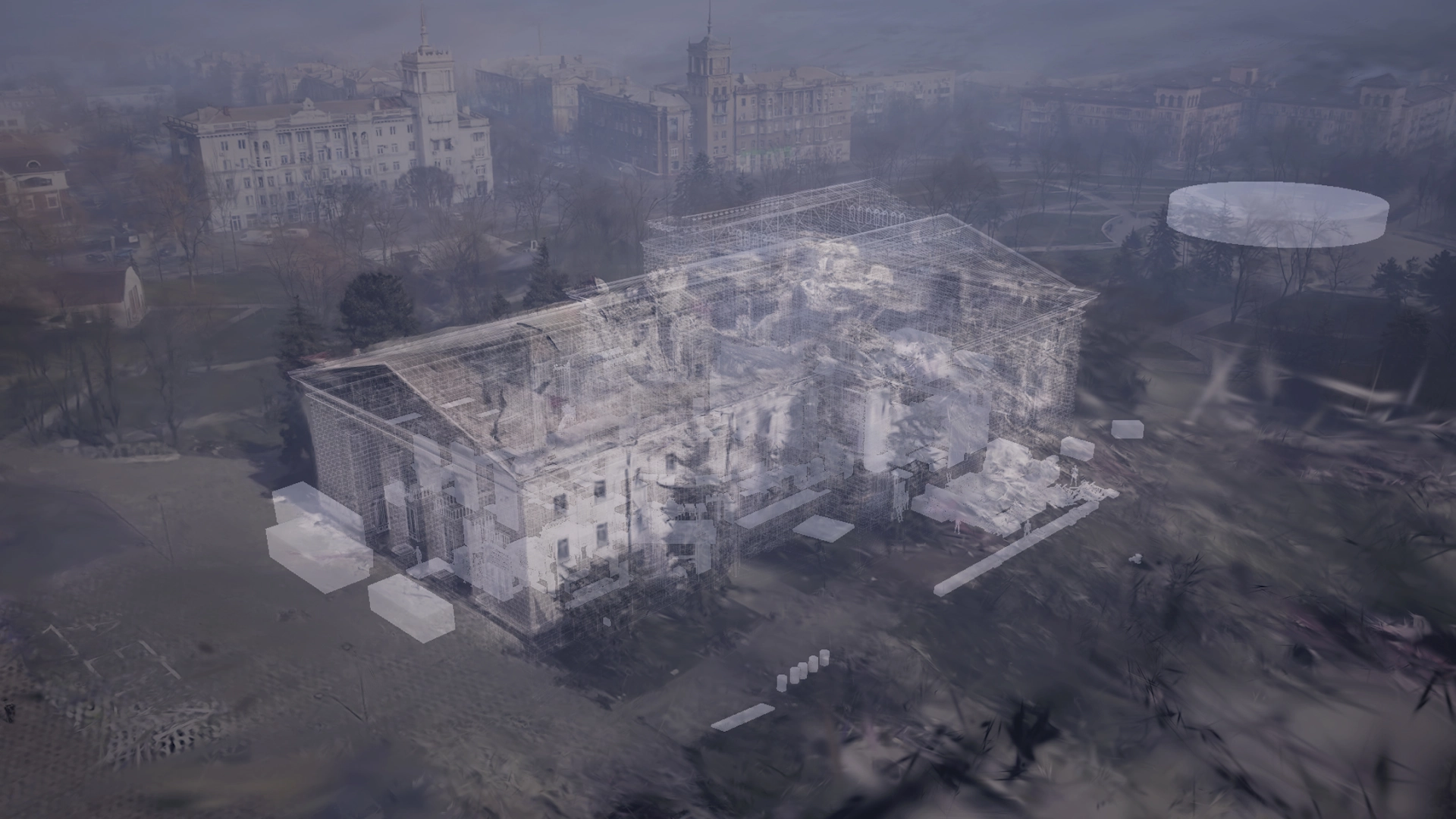
Essay by Ksenia Rybak
Russian airstrike
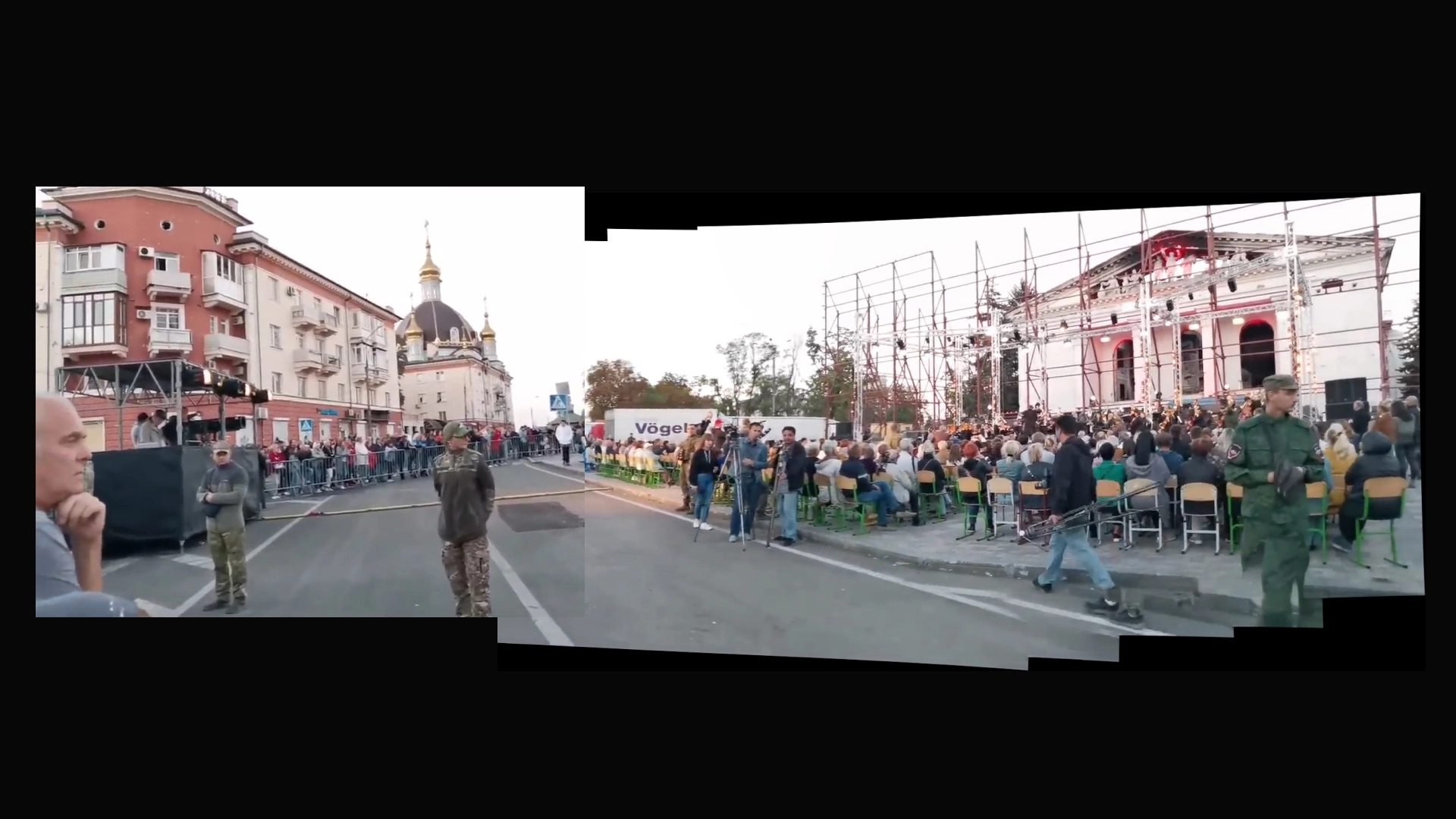
Essay by Svitlana Matviyenko
Terror environment
We have extensively discussed archival practices and the issues related to publishing raw materials online.
As our goal extends beyond merely gathering materials, we have set out to analyze them and reflect on these events through writing, weaving in visual documents, quotes from witnesses, and expert findings into text. Three essays explore the theater's role as a shelter and analyze the aftermath of the attack. They detail the terror inflicted by the Russians on the city of Mariupol and the inhabitants of the theater during the siege and also reflect on the occupying forces' attempts to obscure their war crimes.
Expert Reports
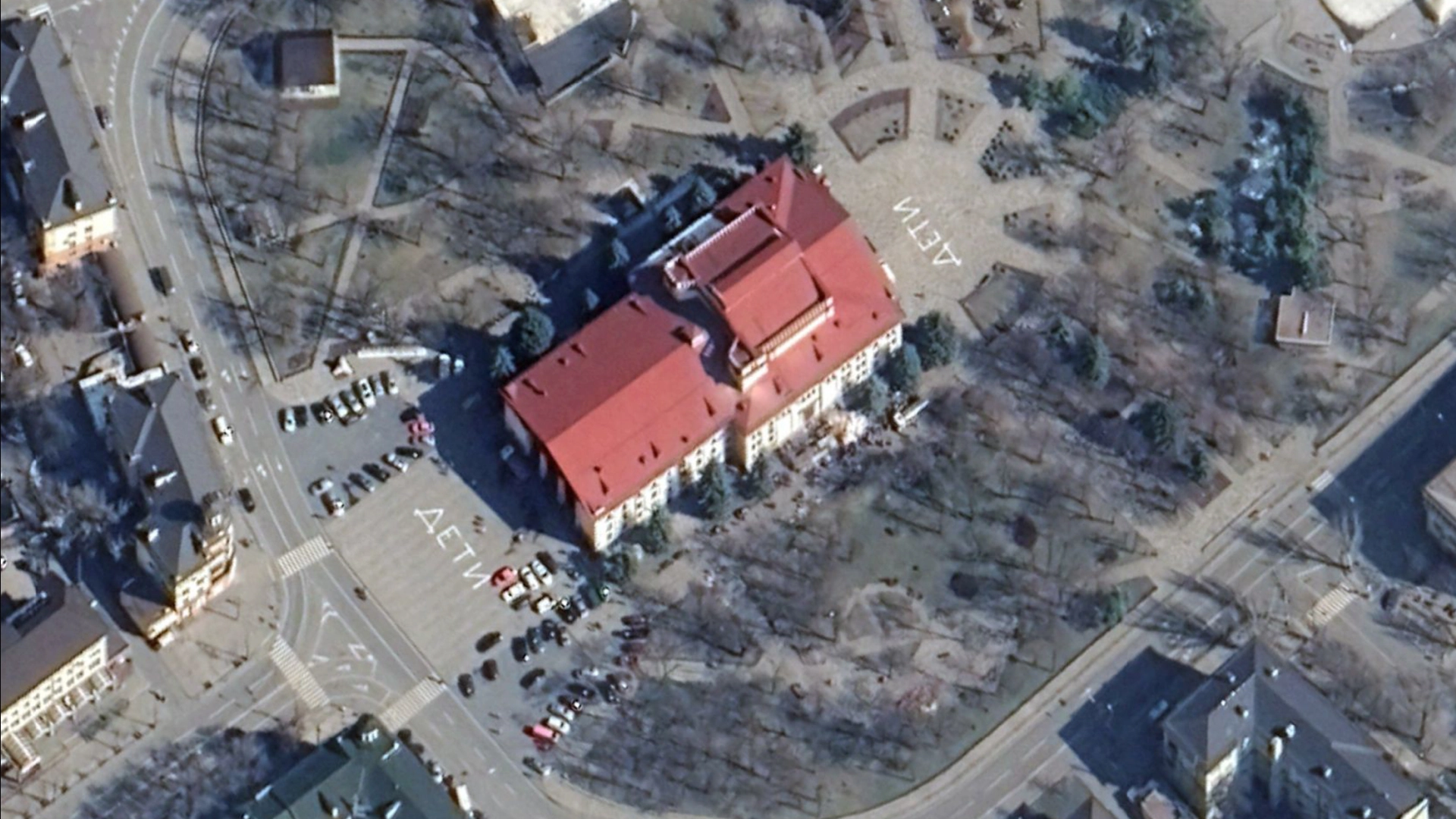
by ECCHR
Legal assessment
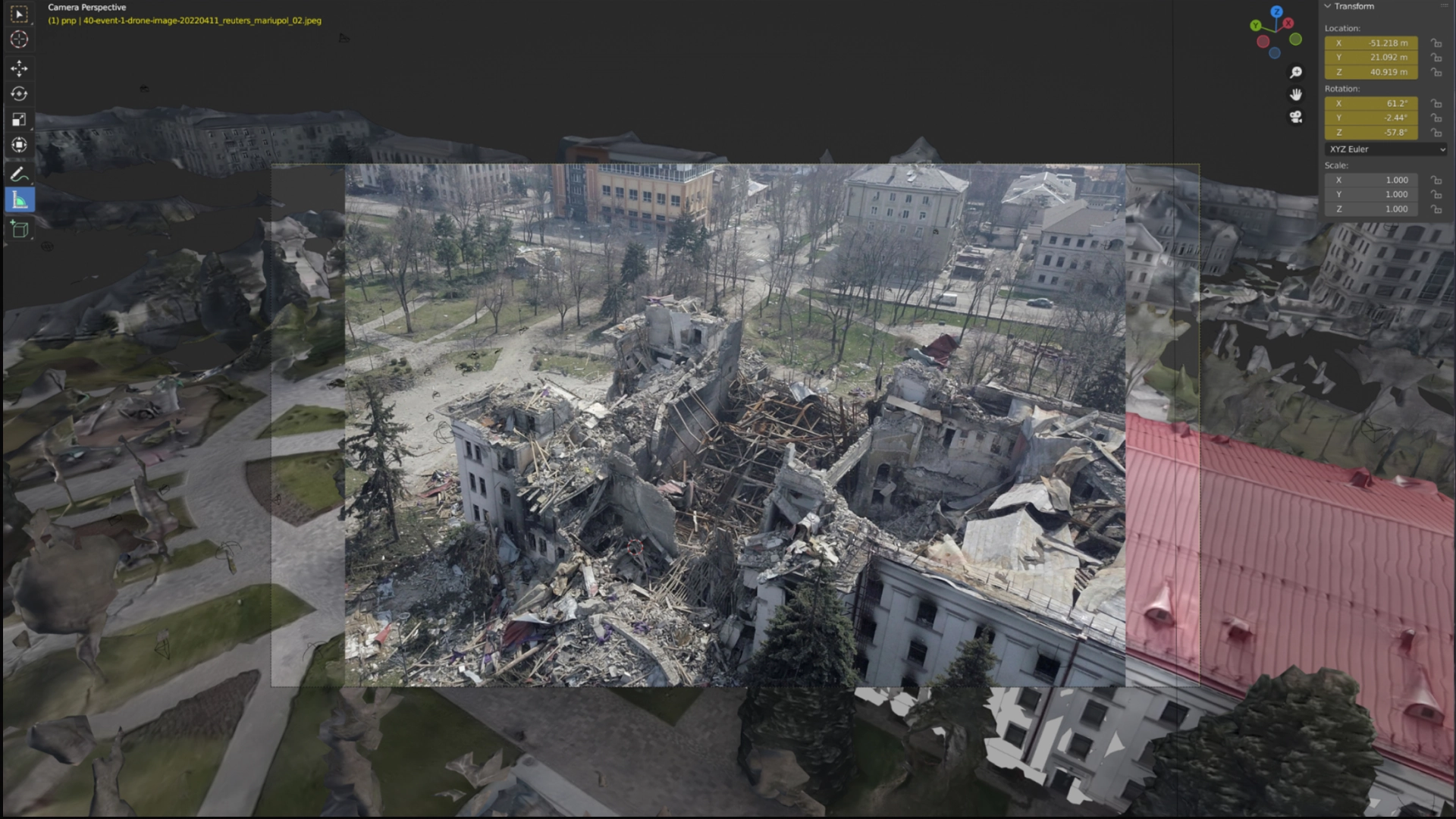
by Gareth Collett
Explosion analysis
CST has commissioned two expert reports to complement this study. The first, by the European Center for Constitutional and Human Rights (ECCHR), provides legal analysis, concluding that the Russian attack on the theater likely constitutes a war crime. The second, authored by defense consultant Gareth Collett, details a technical analysis of the explosion and suggests the type of weapon that was most likely used against this civilian shelter.
Our research position
Our focus on witness testimonies aligns with our stance as researchers engaged in the broader discourses of human rights and memory practices. Recognizing our engaged, war-affected perspectives, we embrace methodologies that reject detached neutrality. Instead, we advocate for situatedness, partiality, and empathy with our fellow Ukrainians. Respecting the vulnerability of witness recollection, personal and collective trauma, and insisting on ground truth and accountability are central to our research ethos.
Beyond documenting these specific events as civilians experienced them on the ground, this work aims to foster solidarity with all victims of military violence and its impunity.
Credits
This study is conducted by the Center for Spatial Technologies (CST) in collaboration with Forensis & Forensic Architecture. We were working with numerous external contributors to make this project happen. Full credits here.
Core CST team: Maksym Rokmaniko, Mykola Holovko, Daryna Vilkhova, Ksenia Rybak, Valeria Prorizna, Andrii Onyshchenko, Oksana Hrabchak, Sasha Zakrevska, Natasha Pereverzina, Herman Mitish, Orest Yaremchuk
